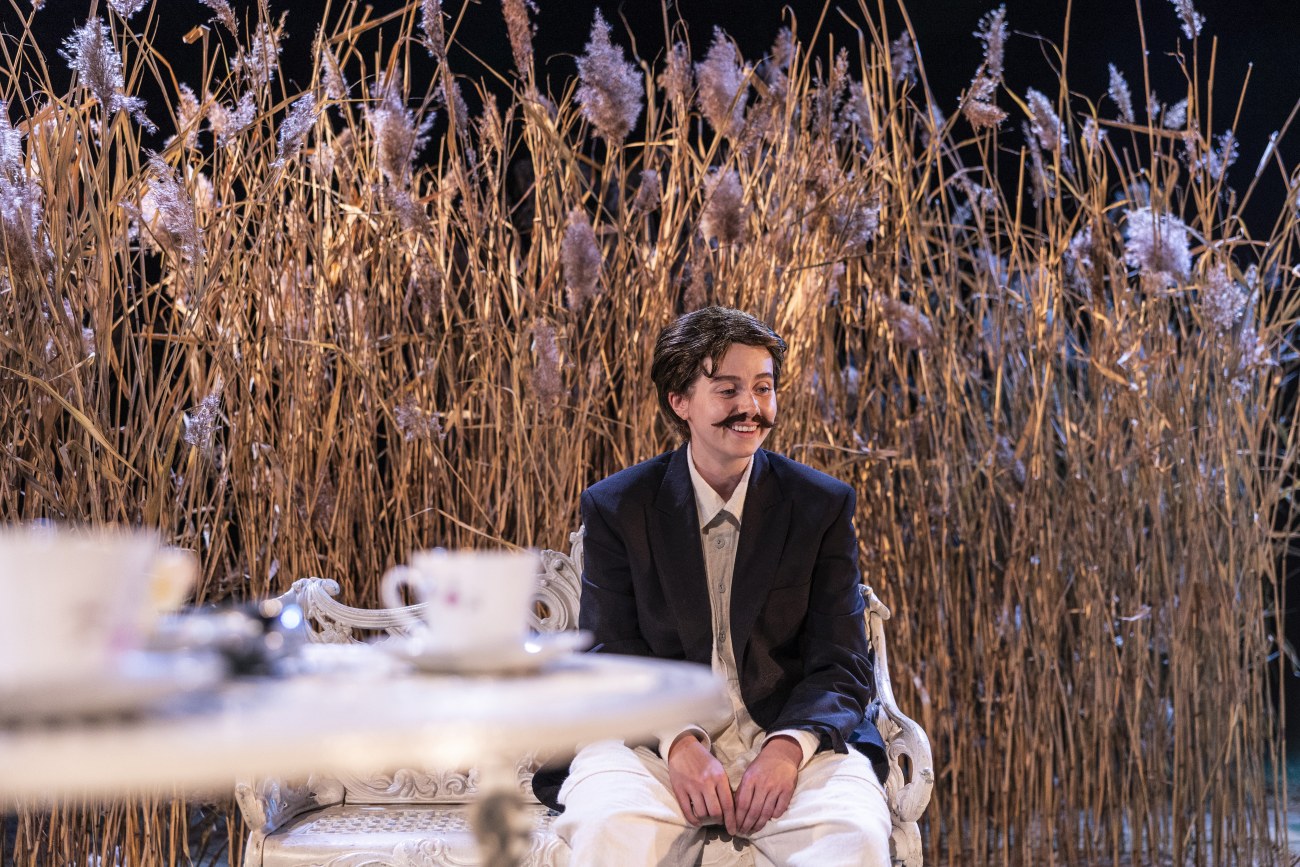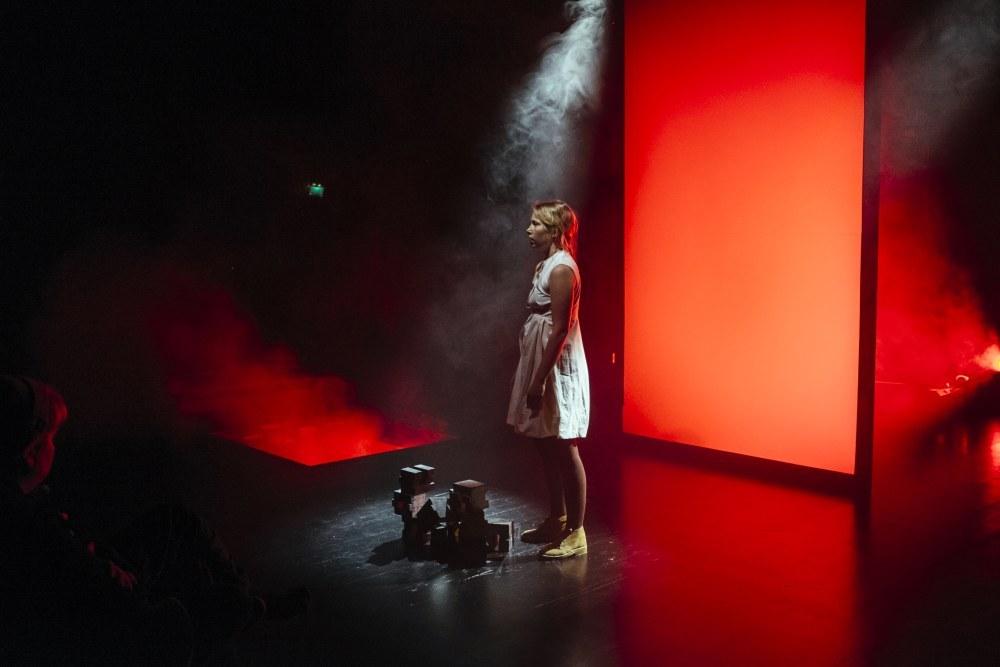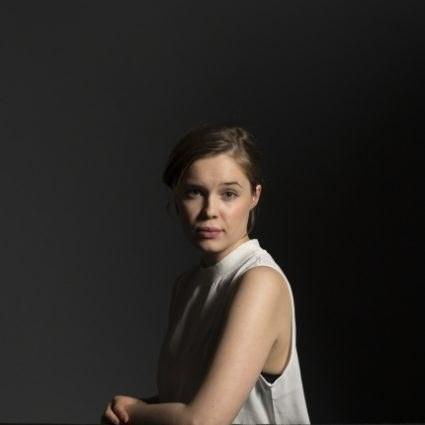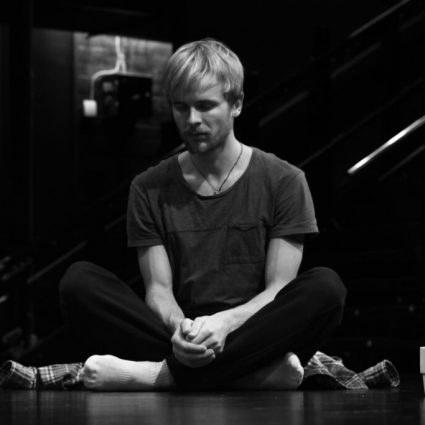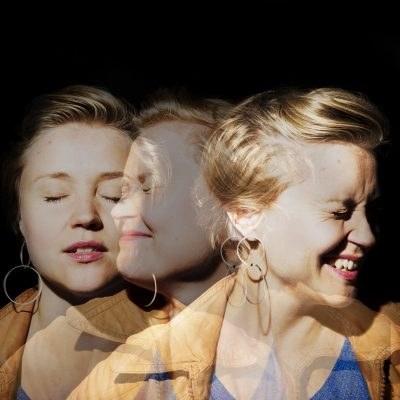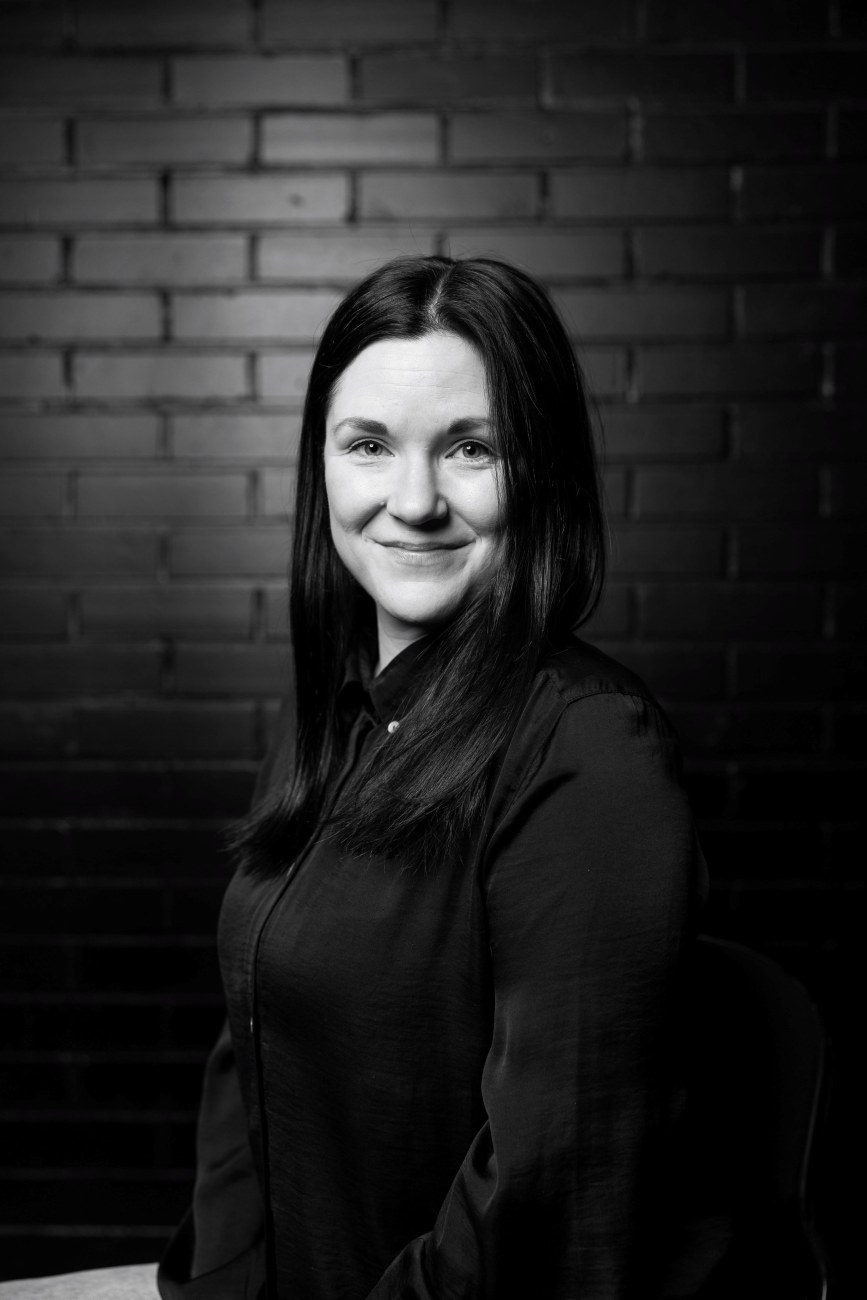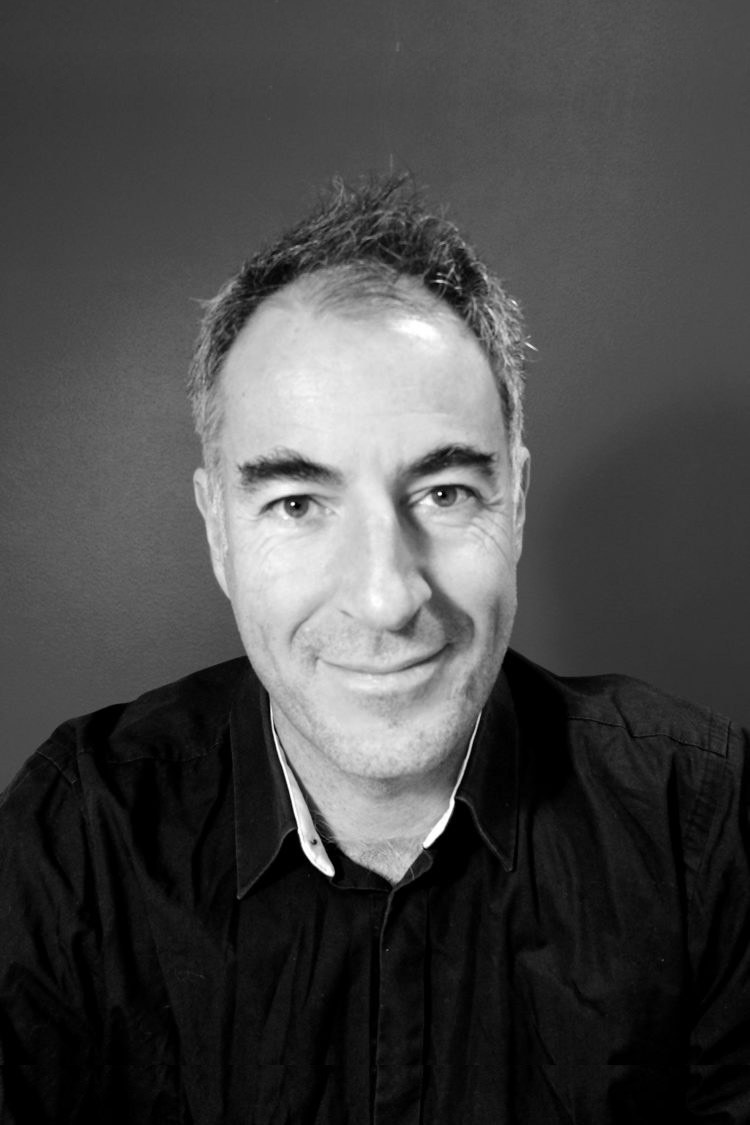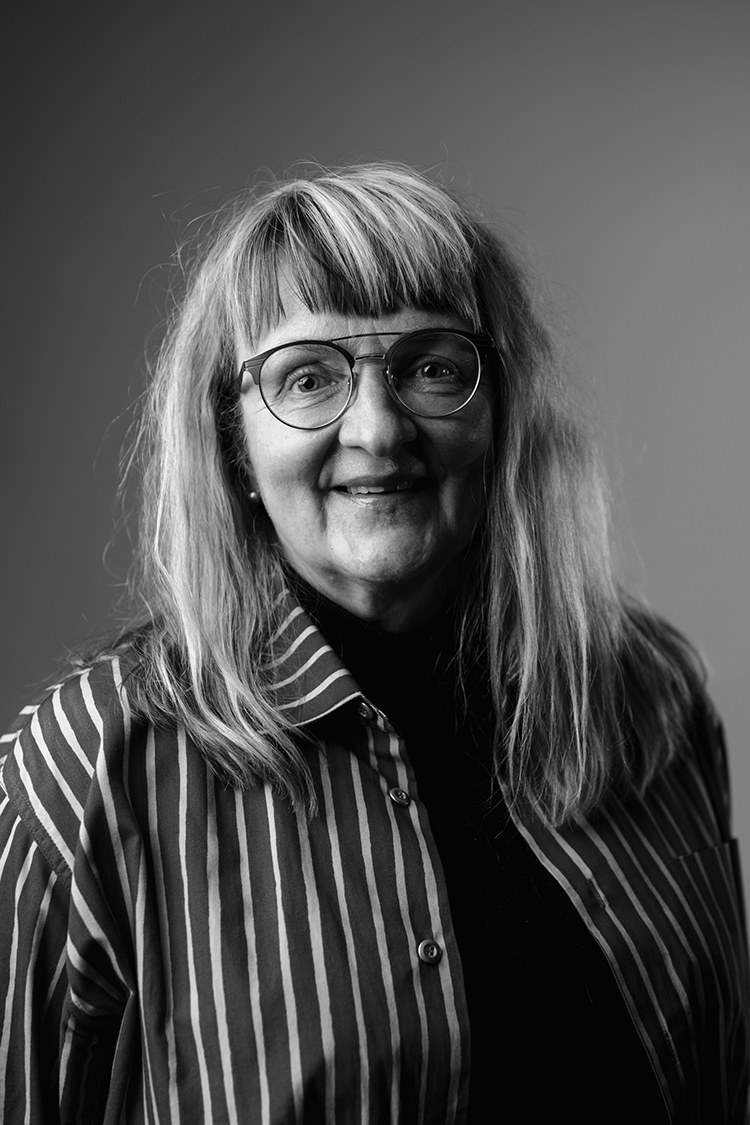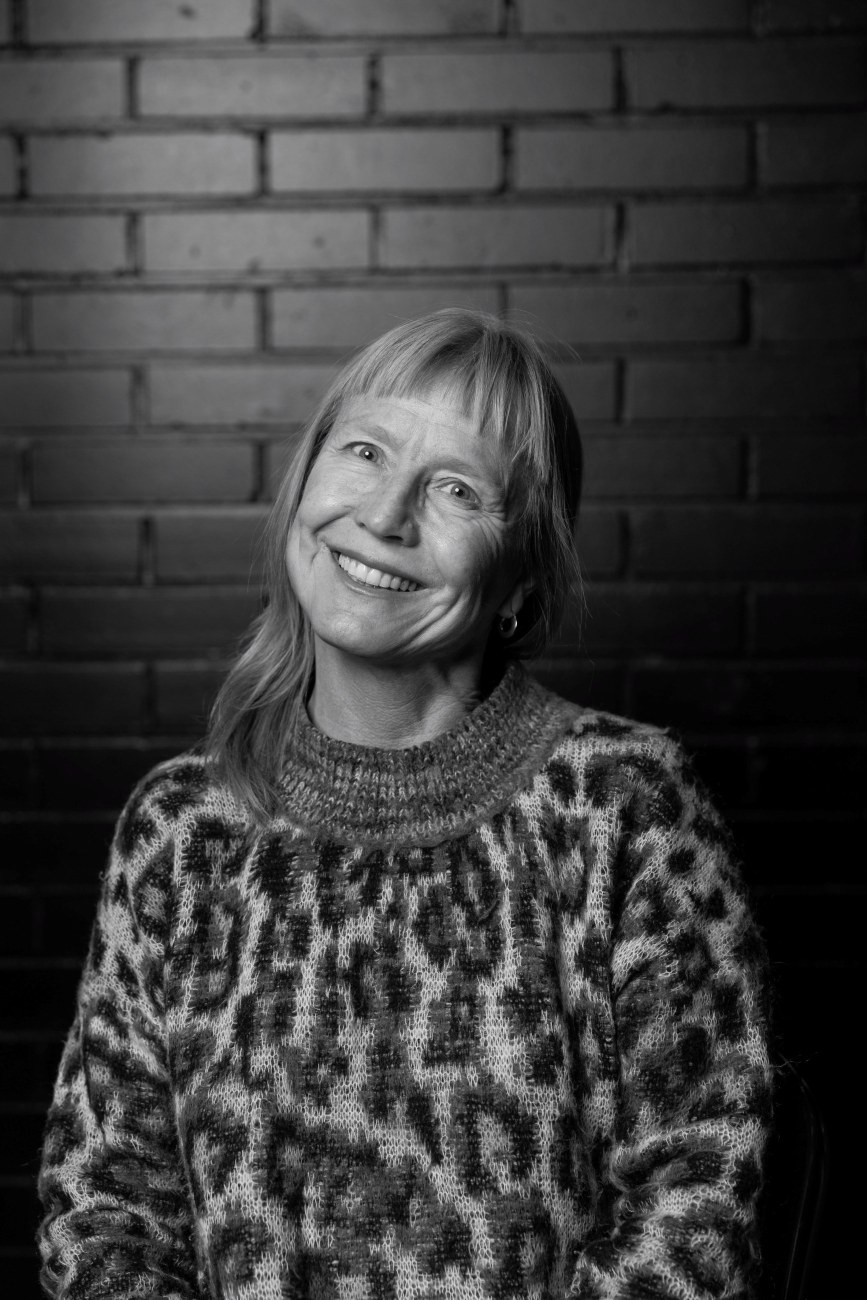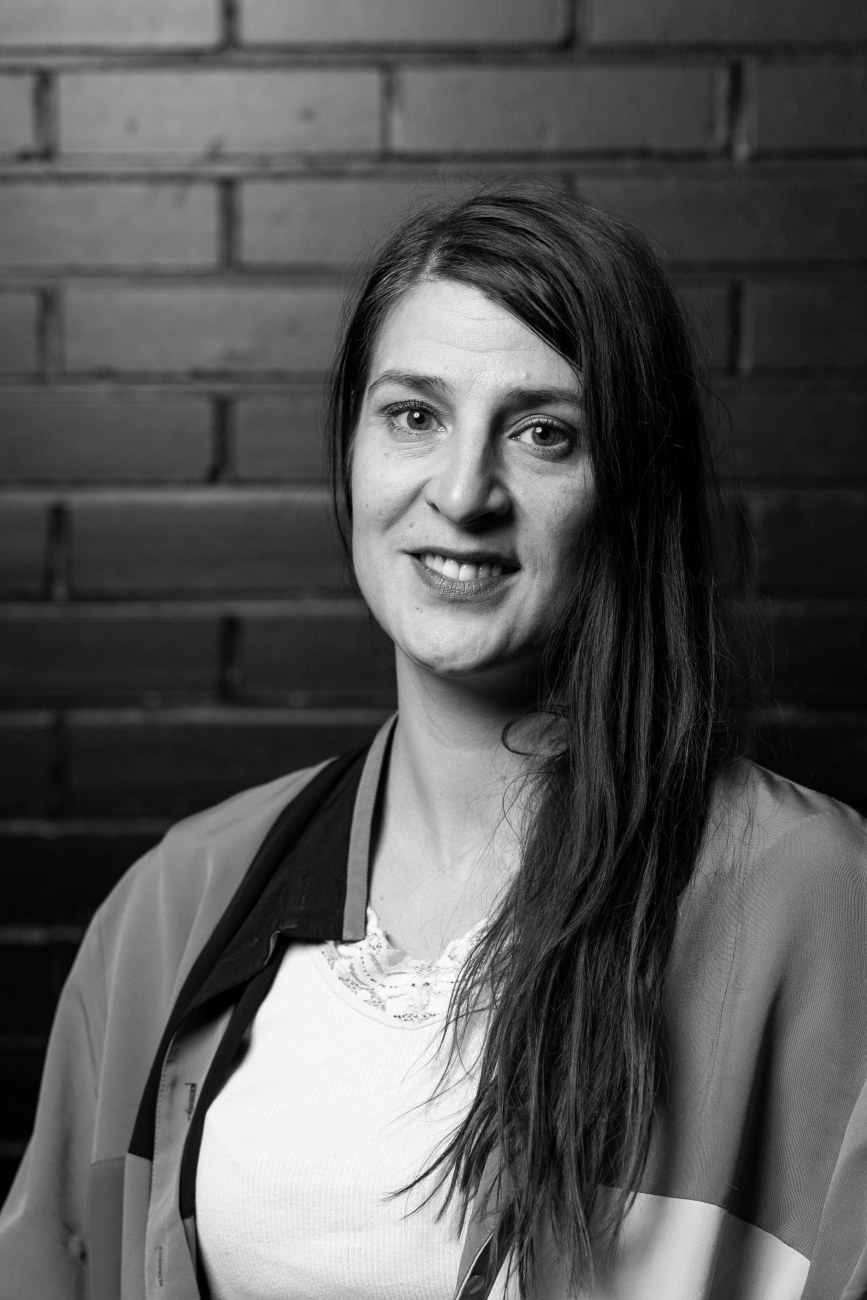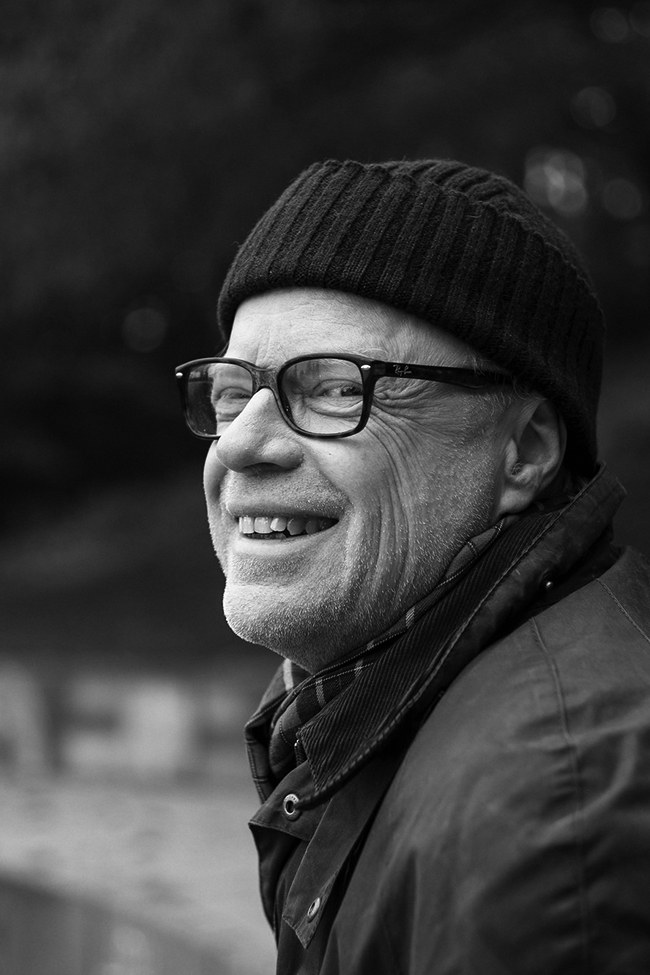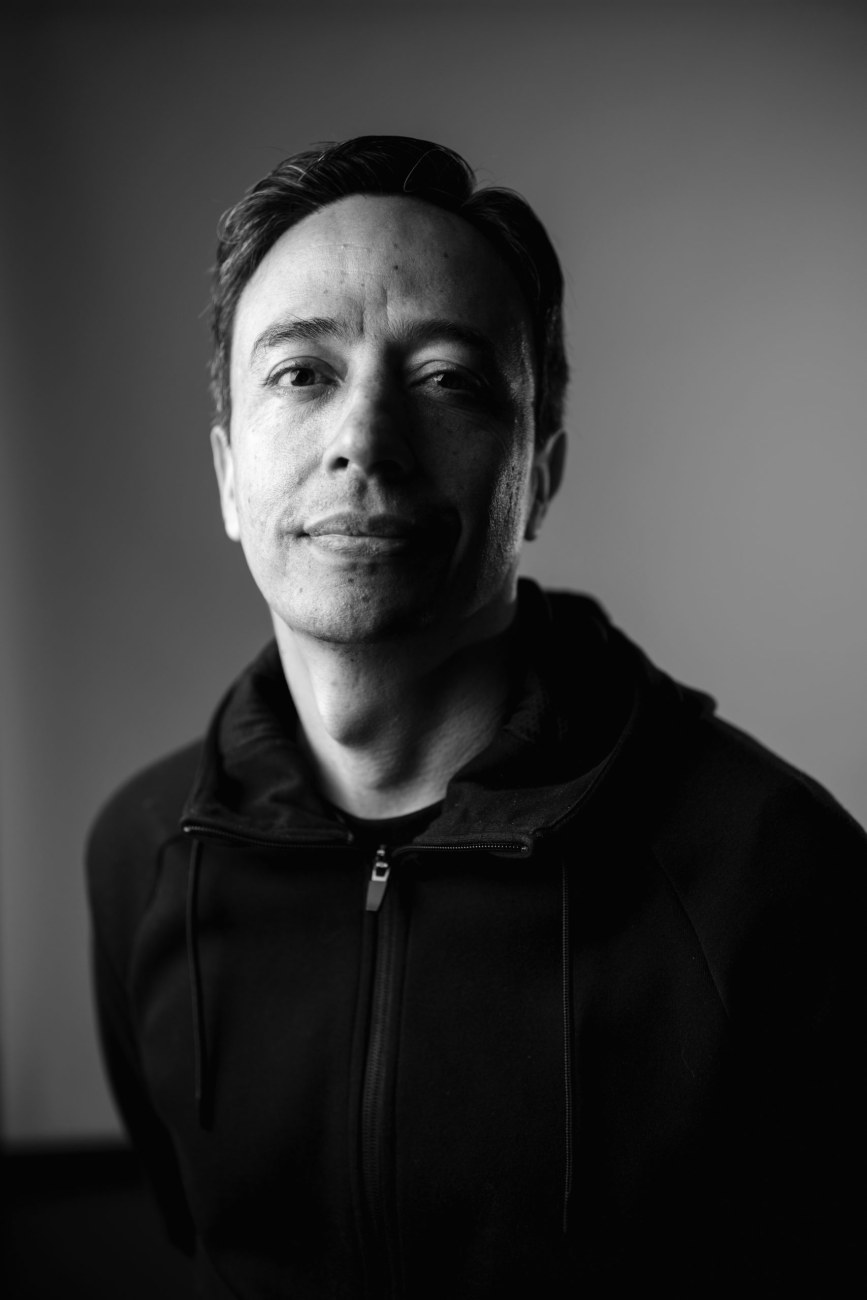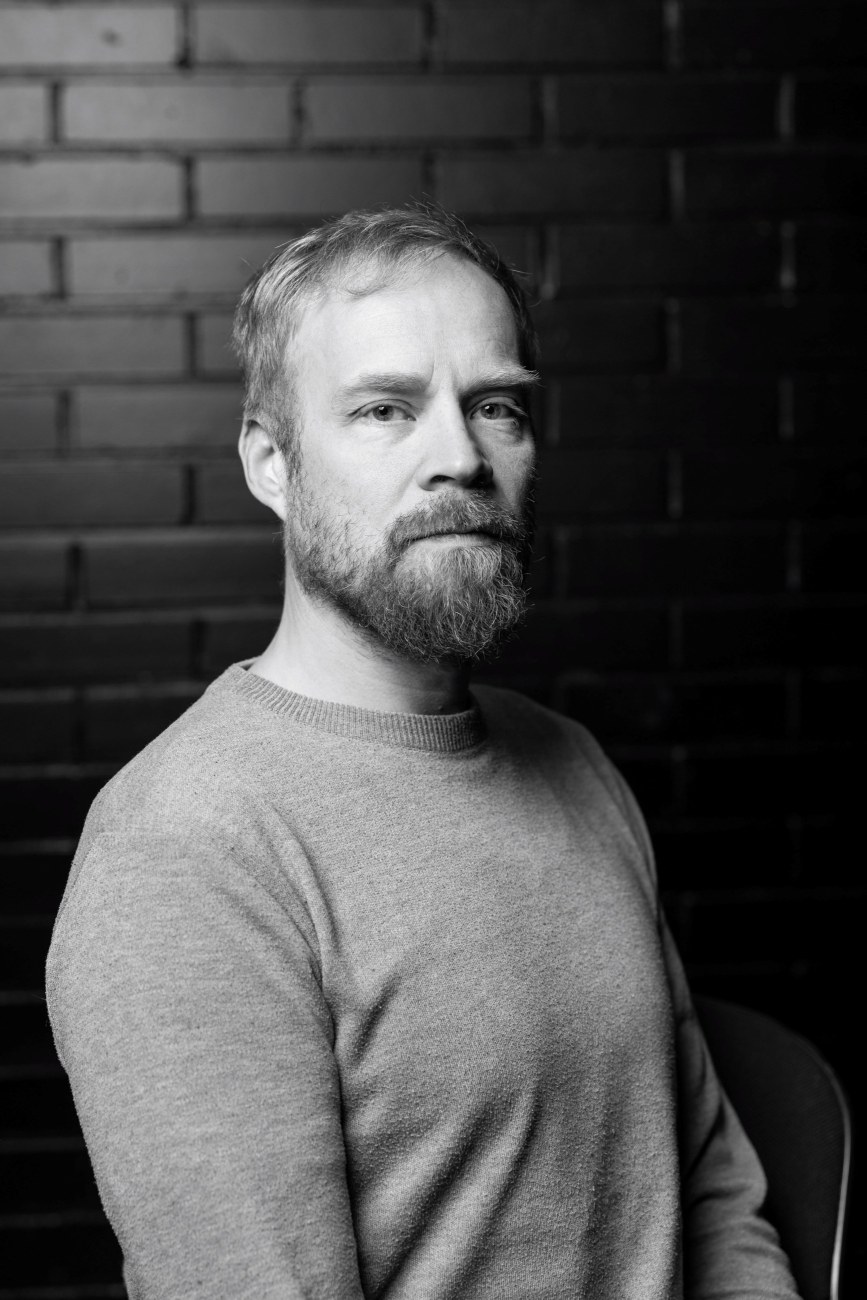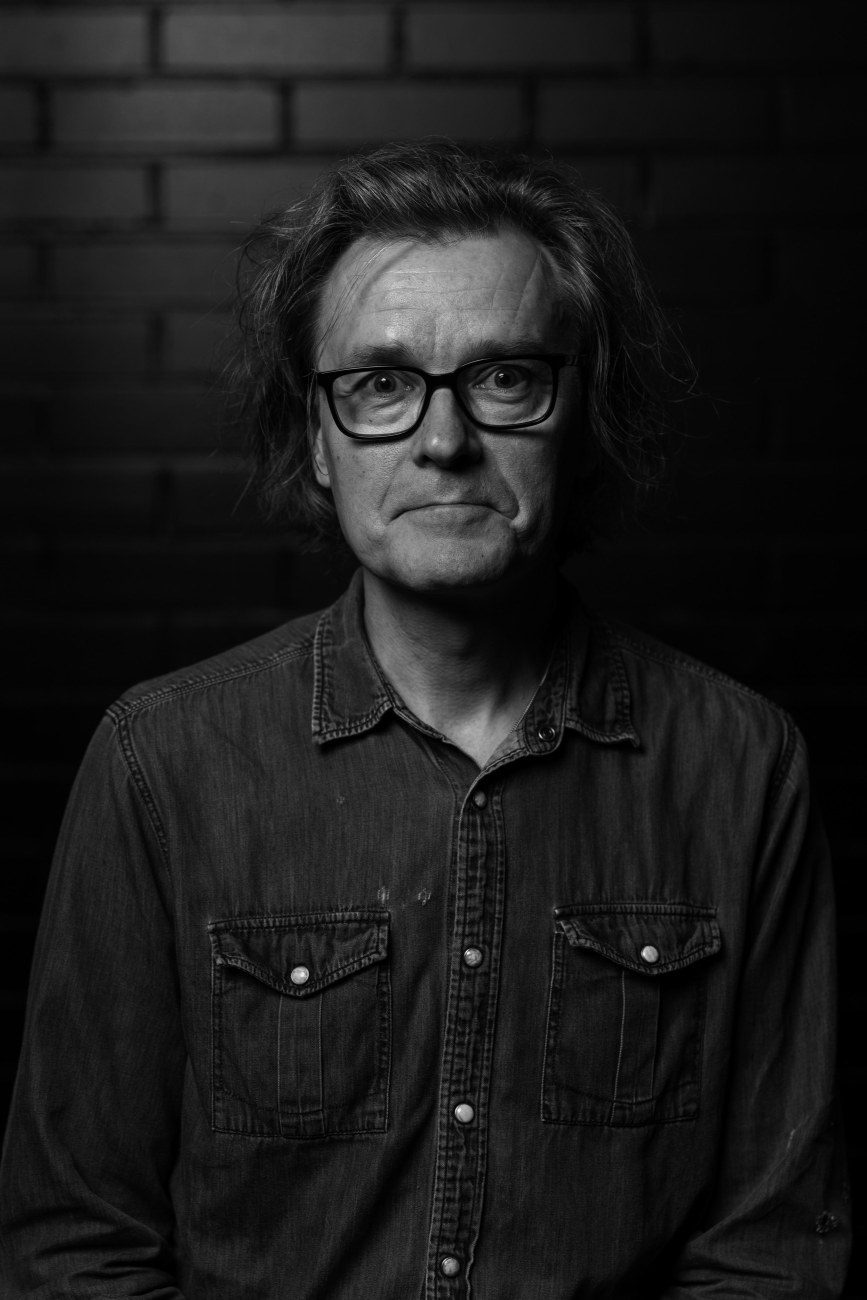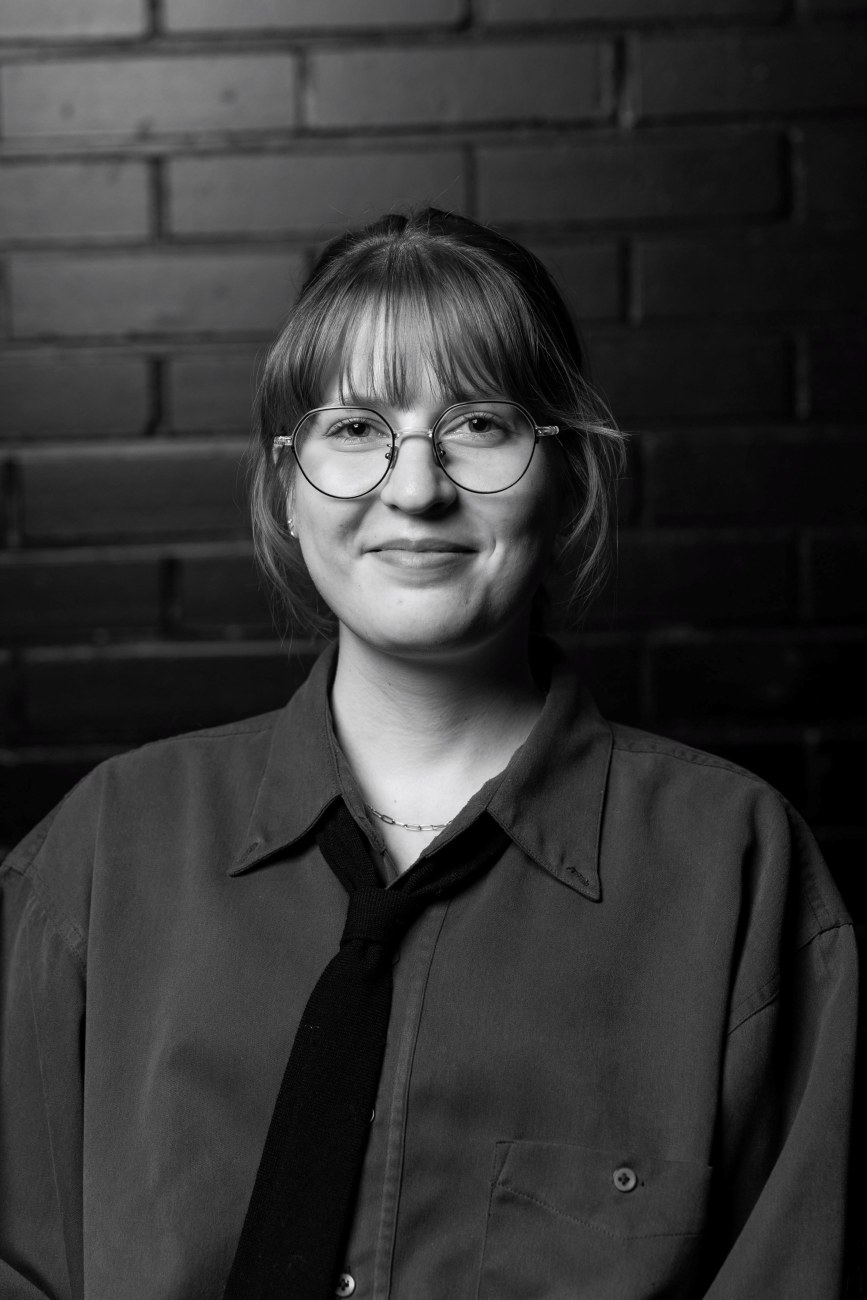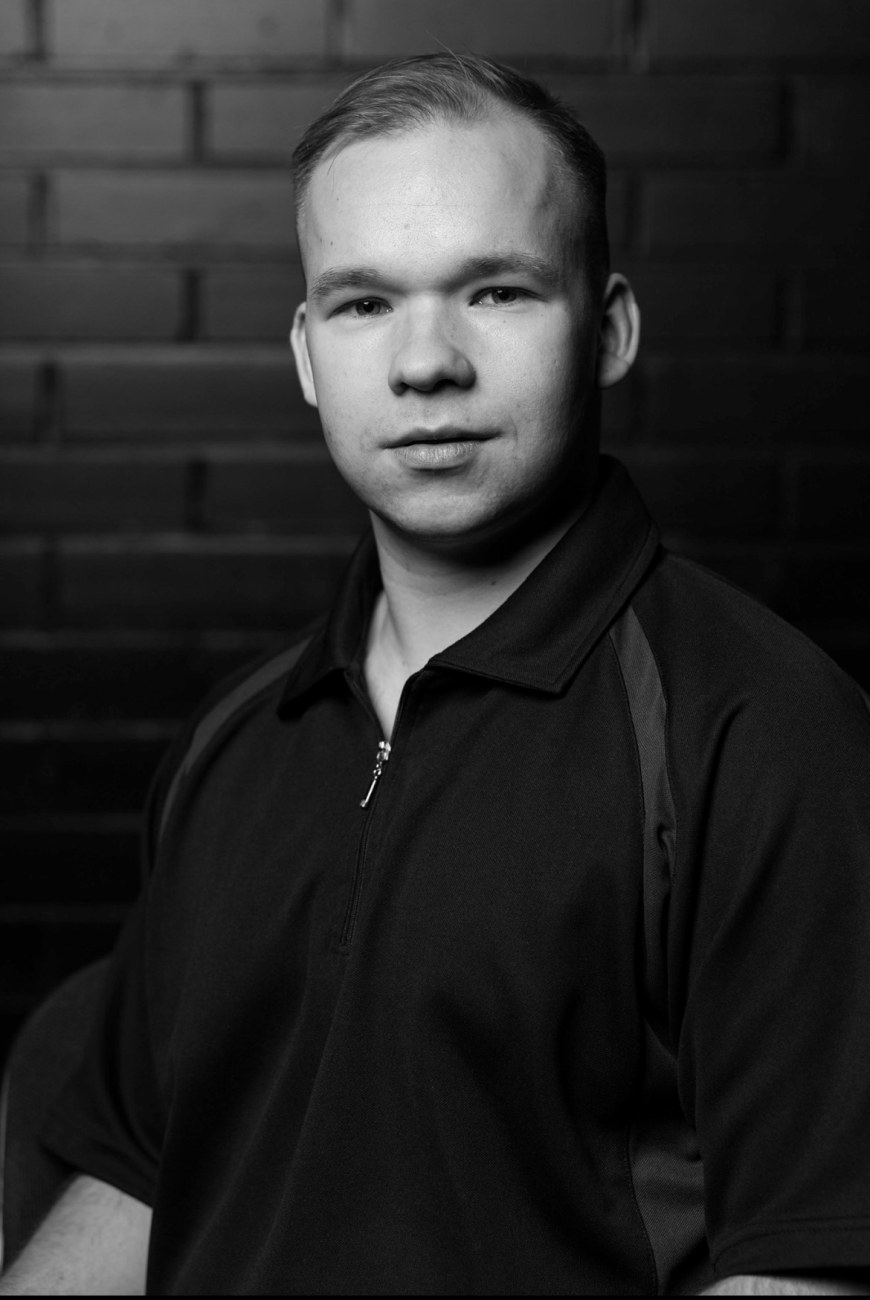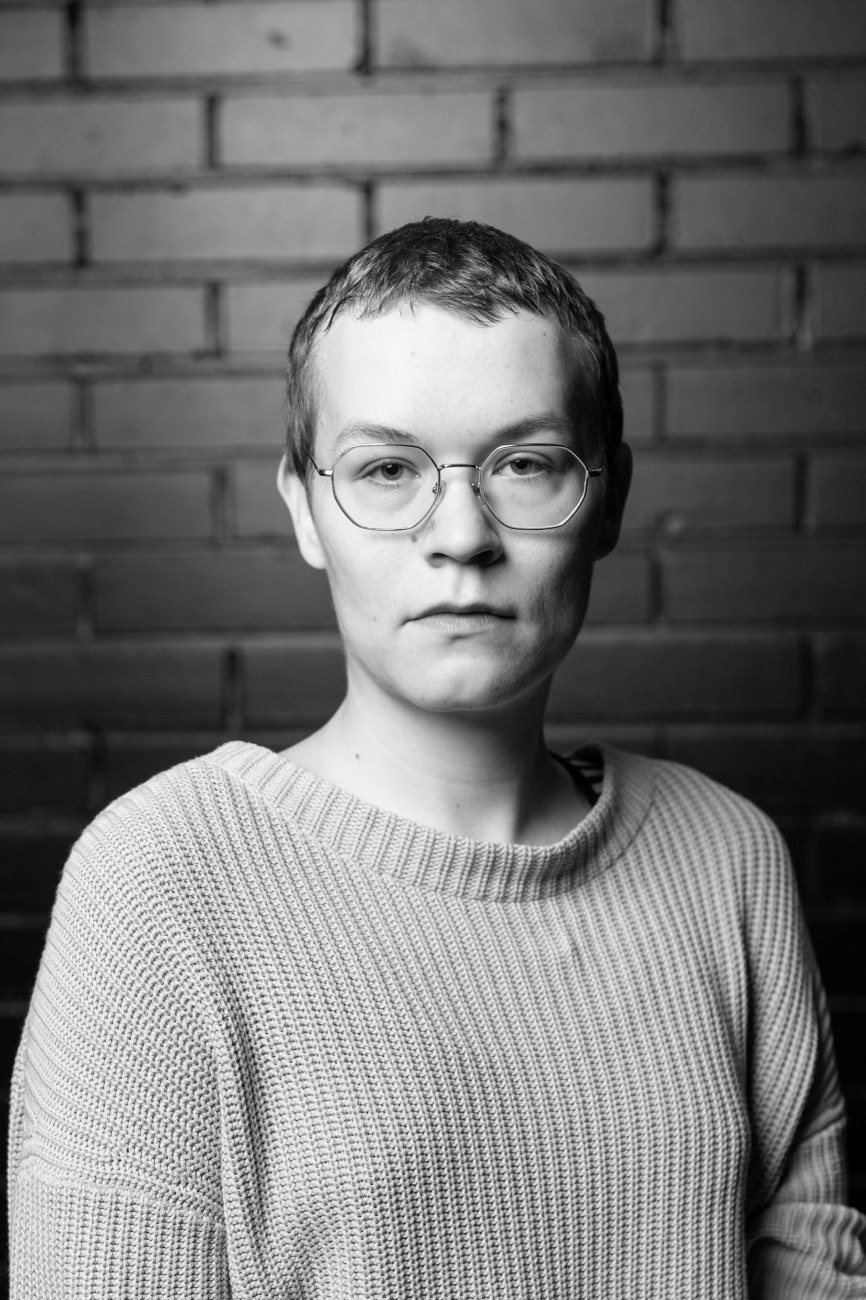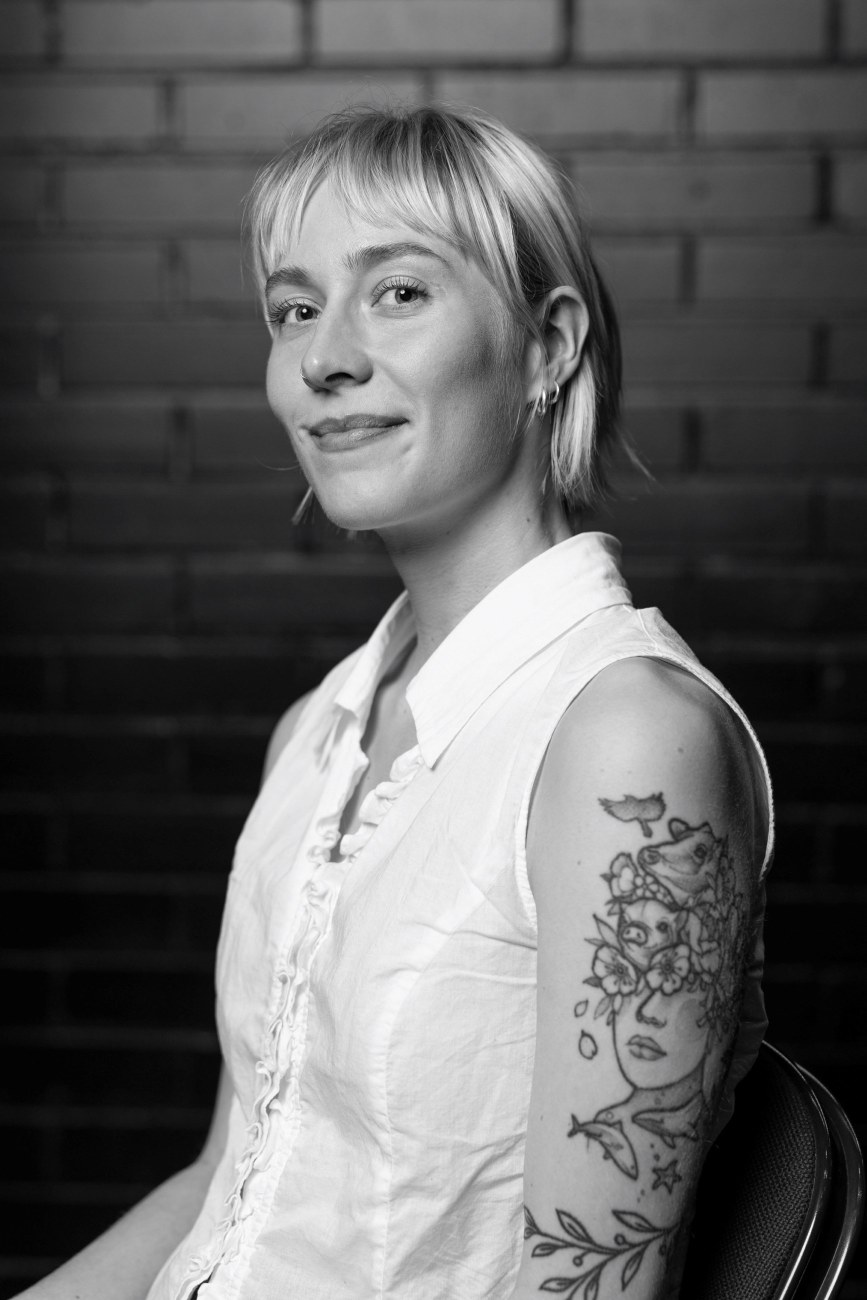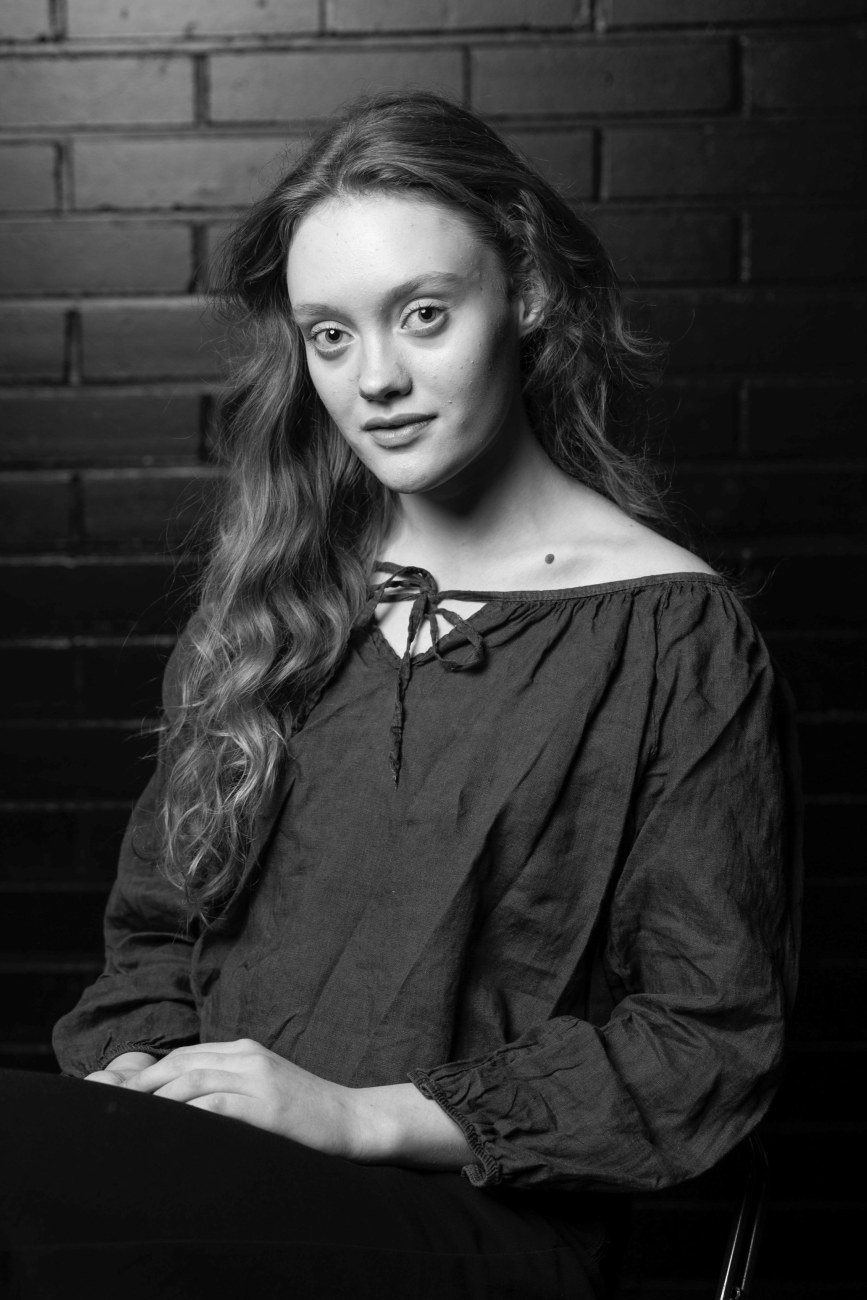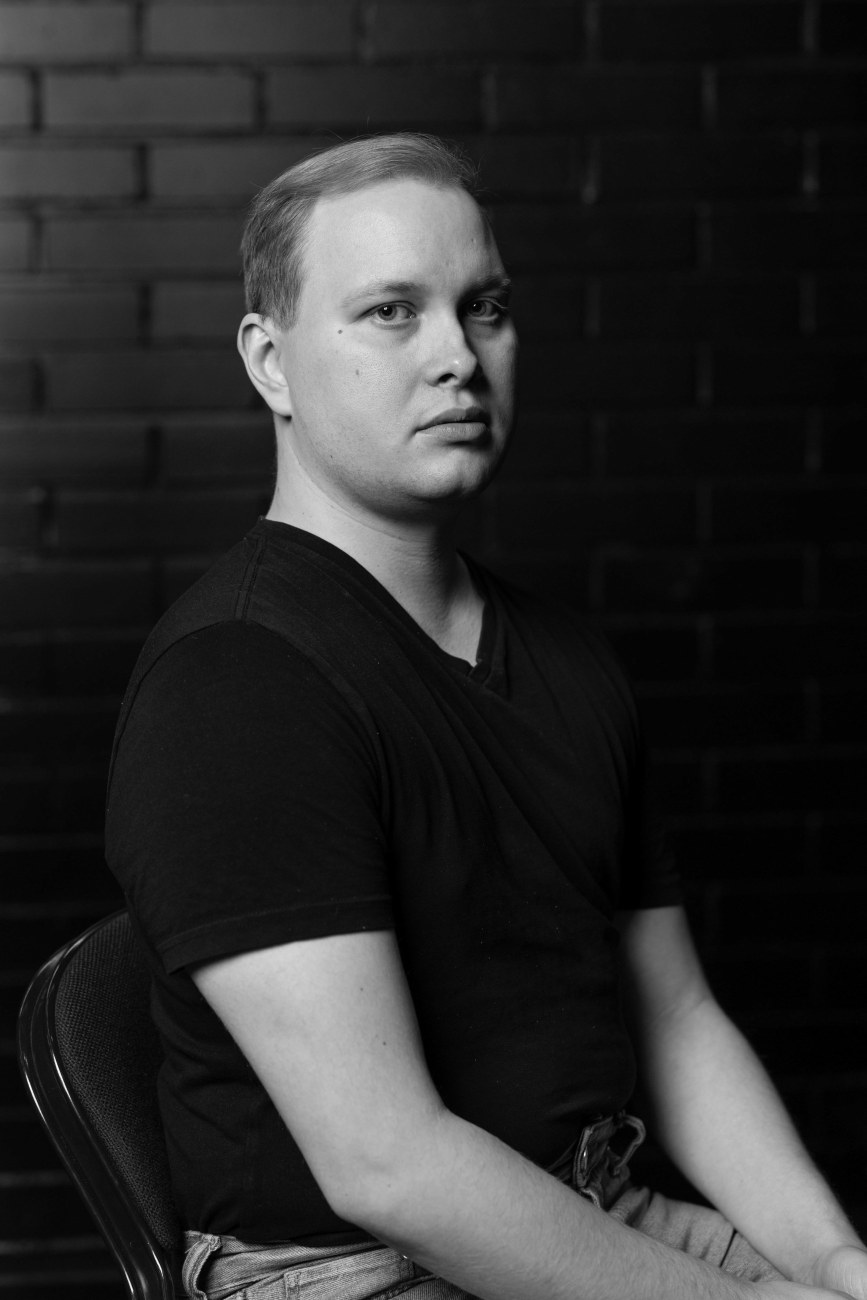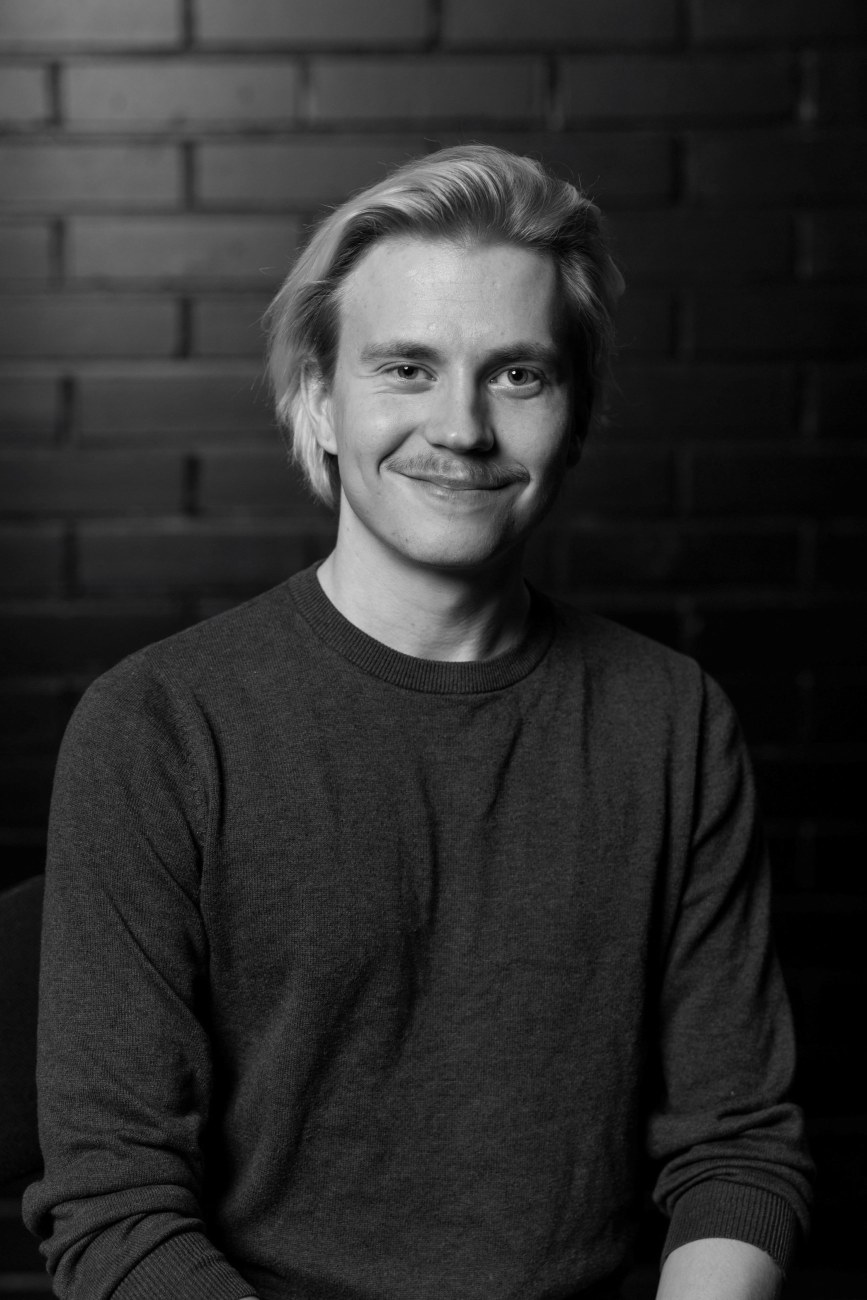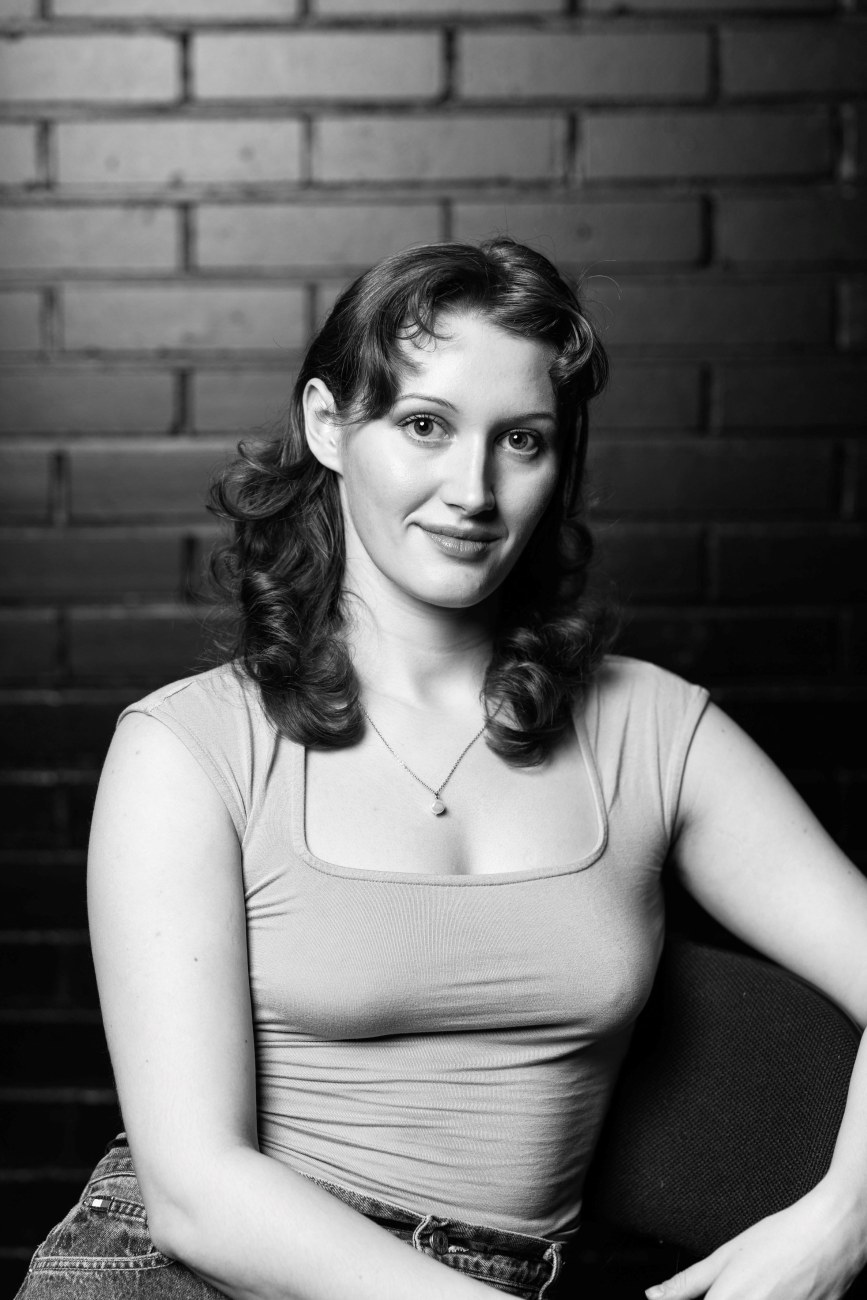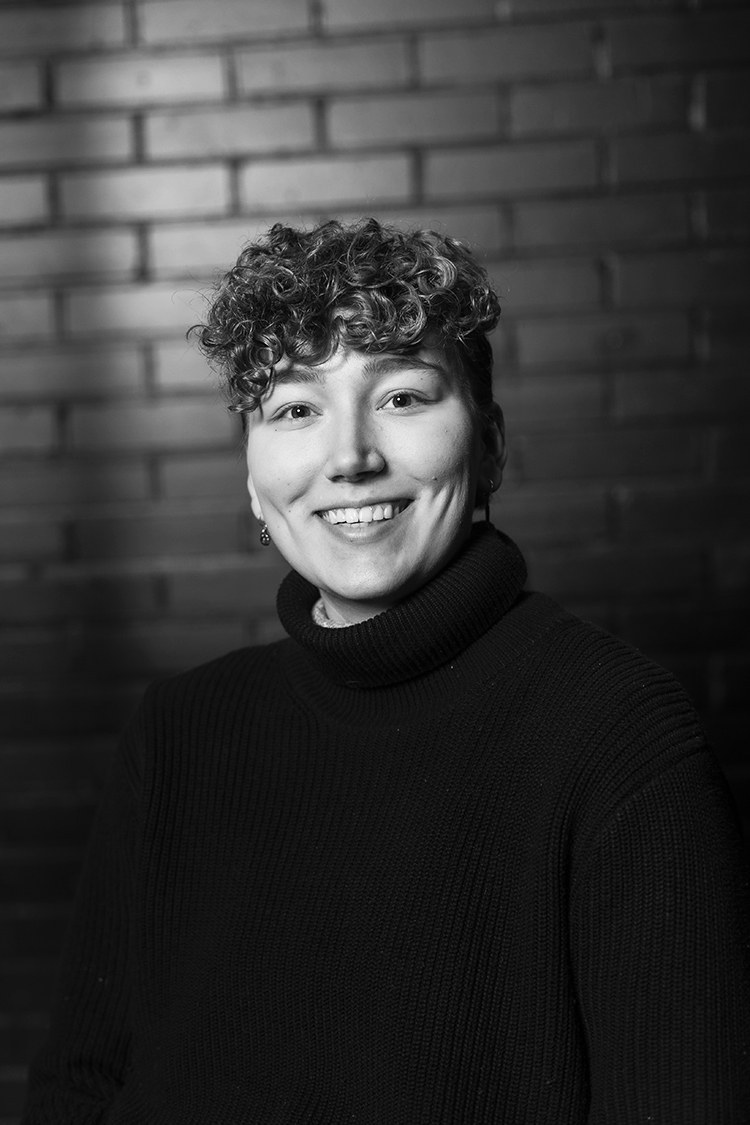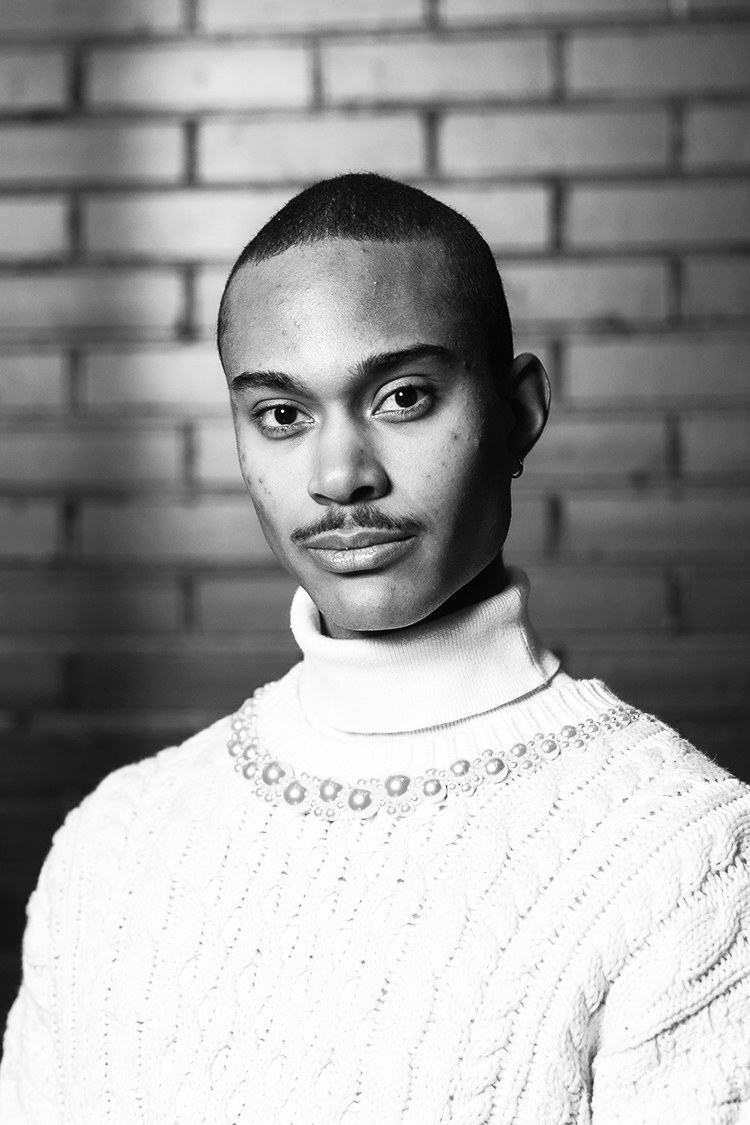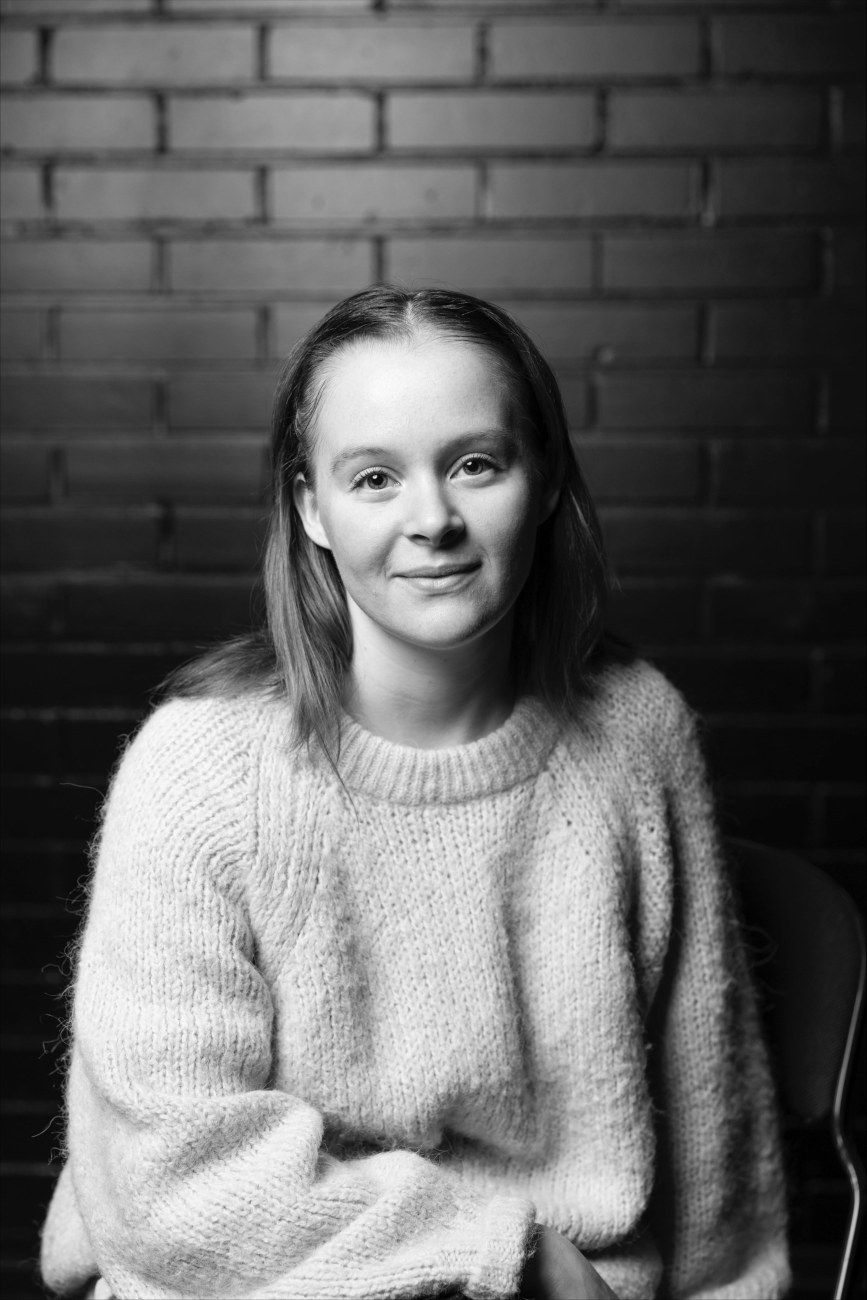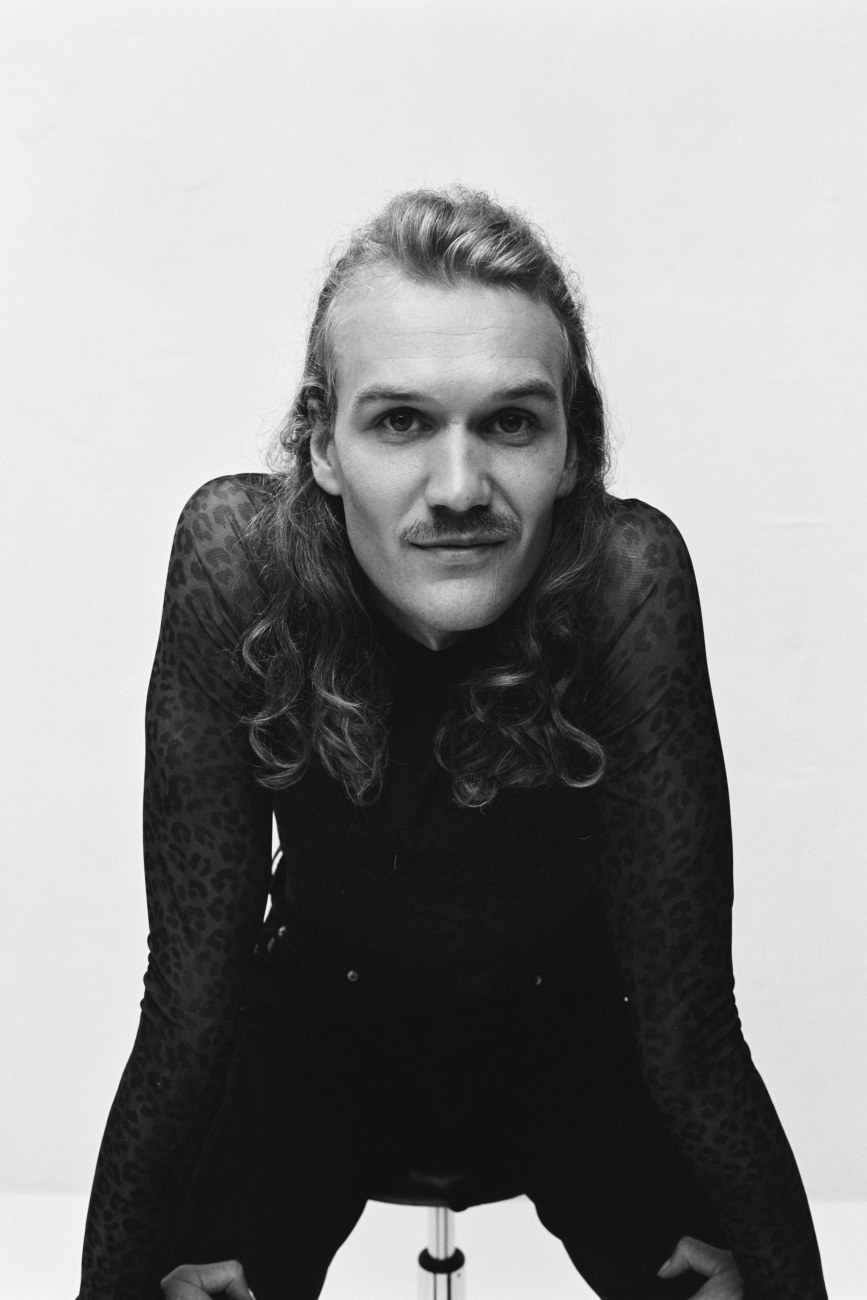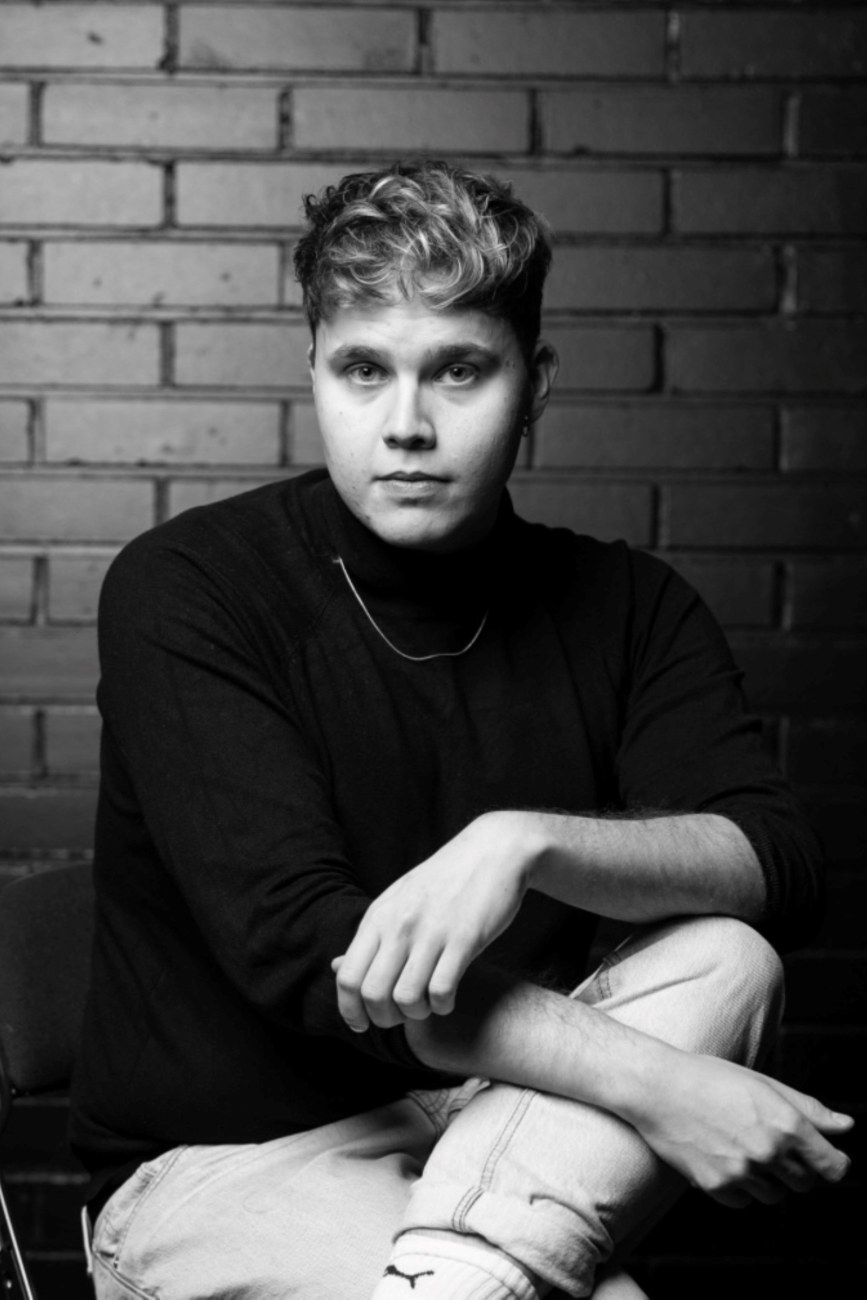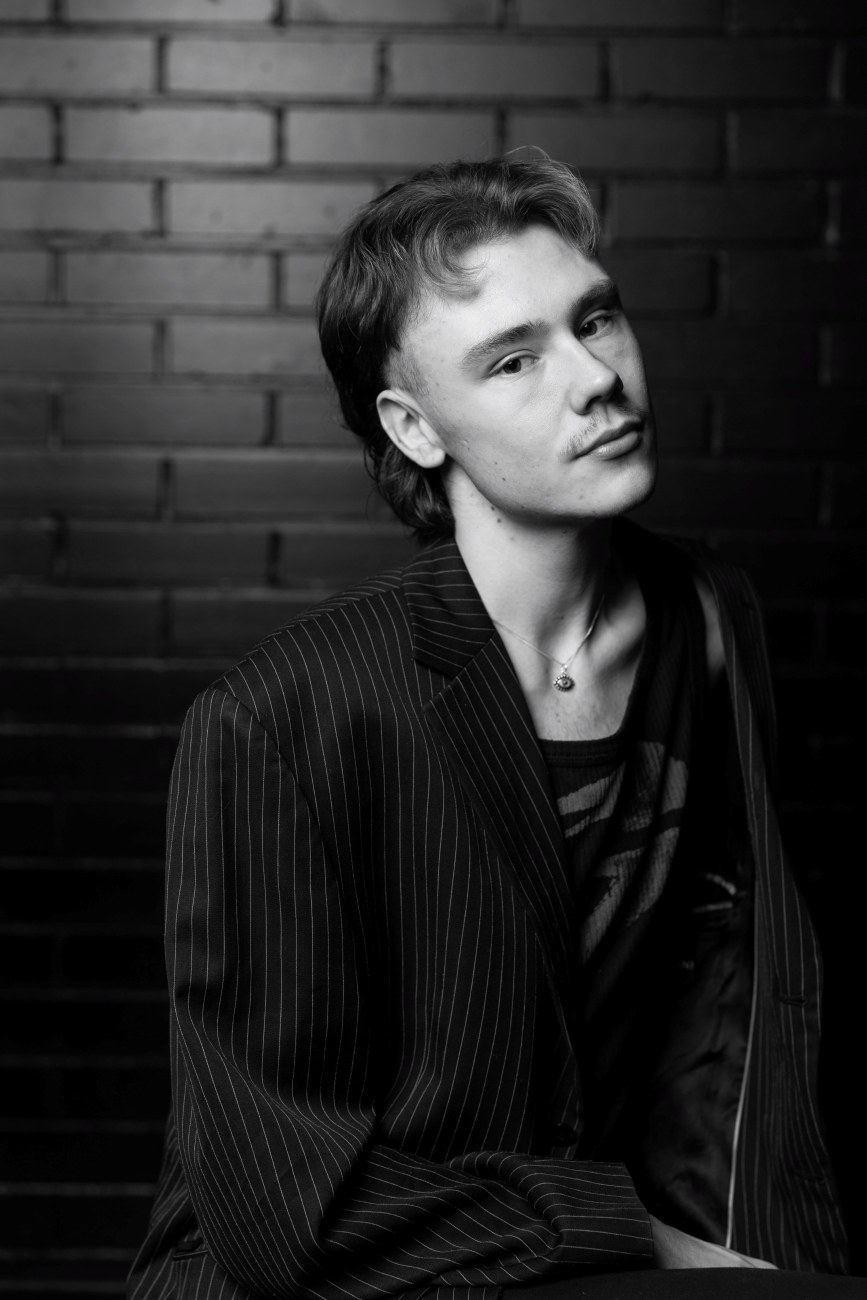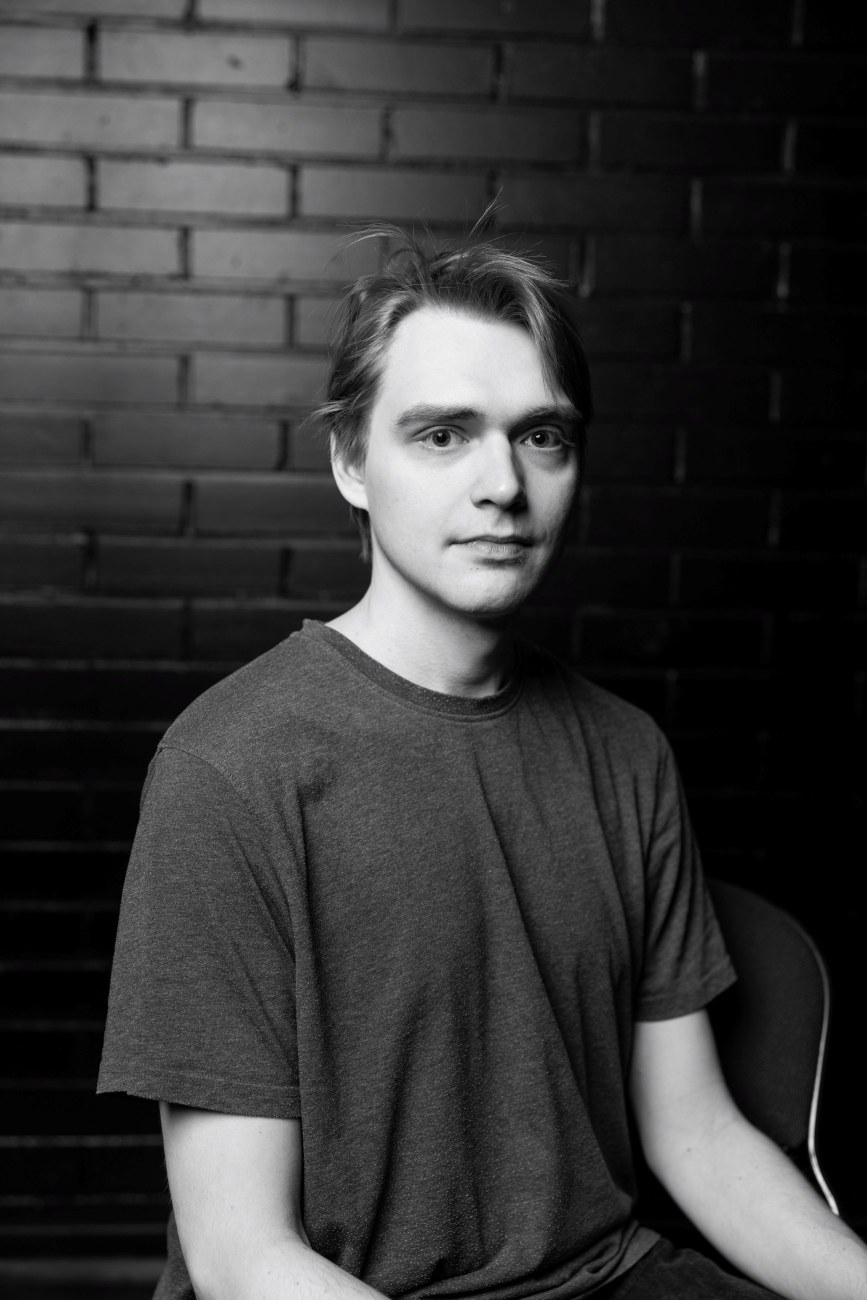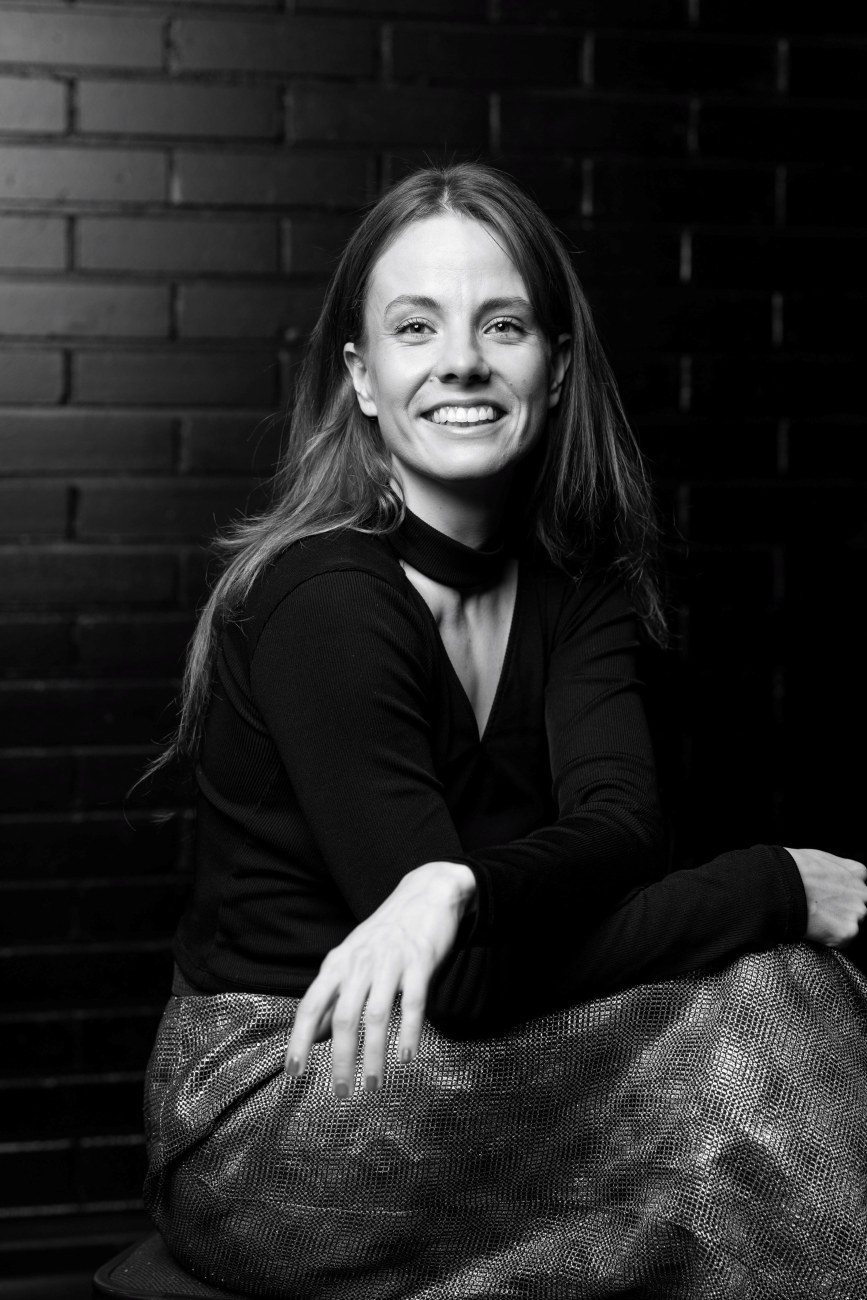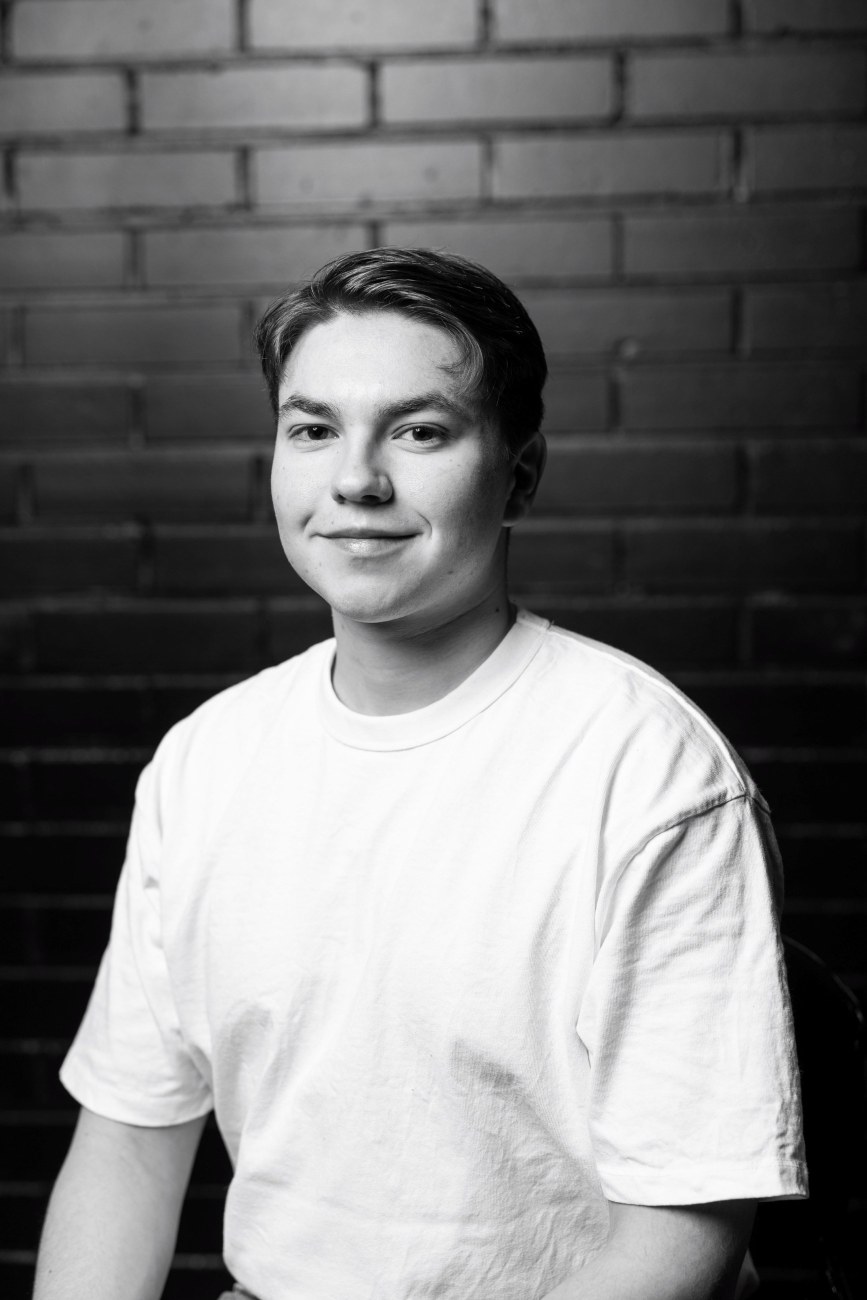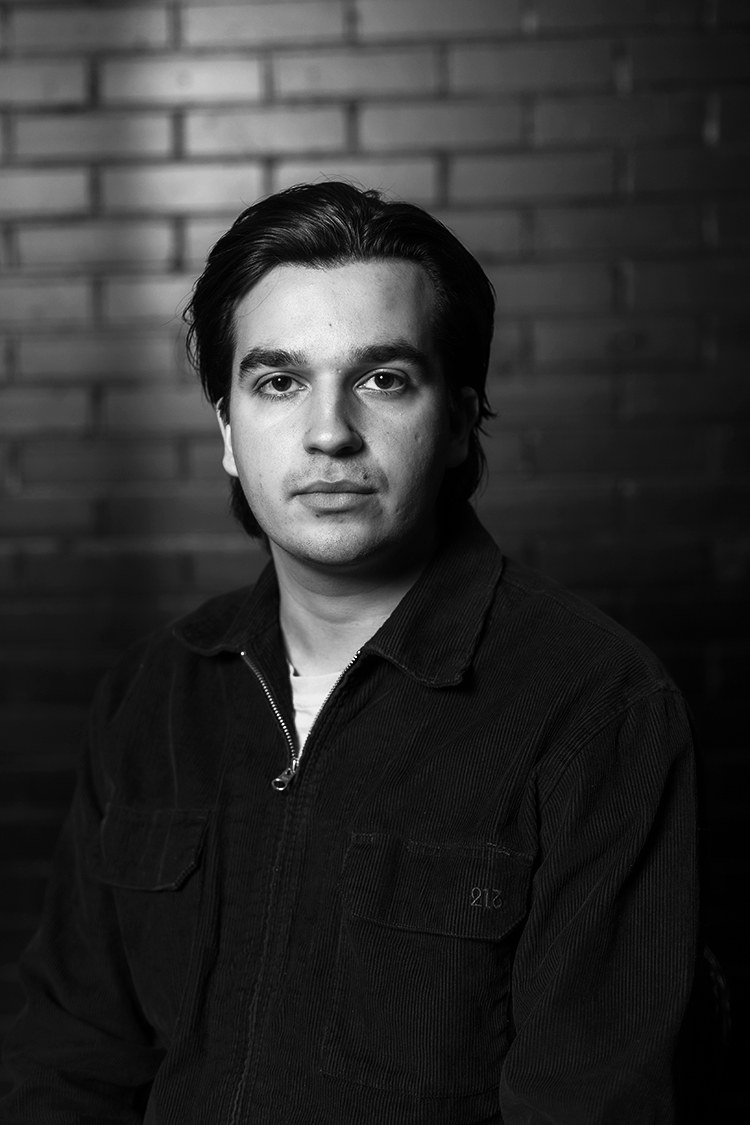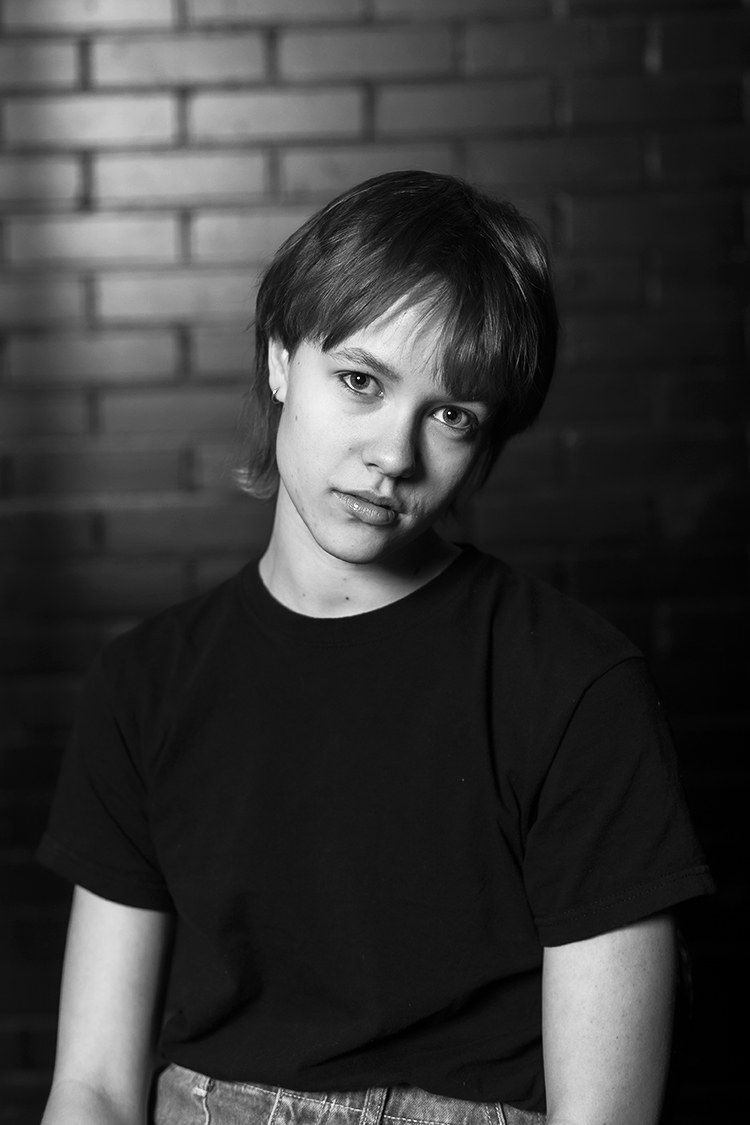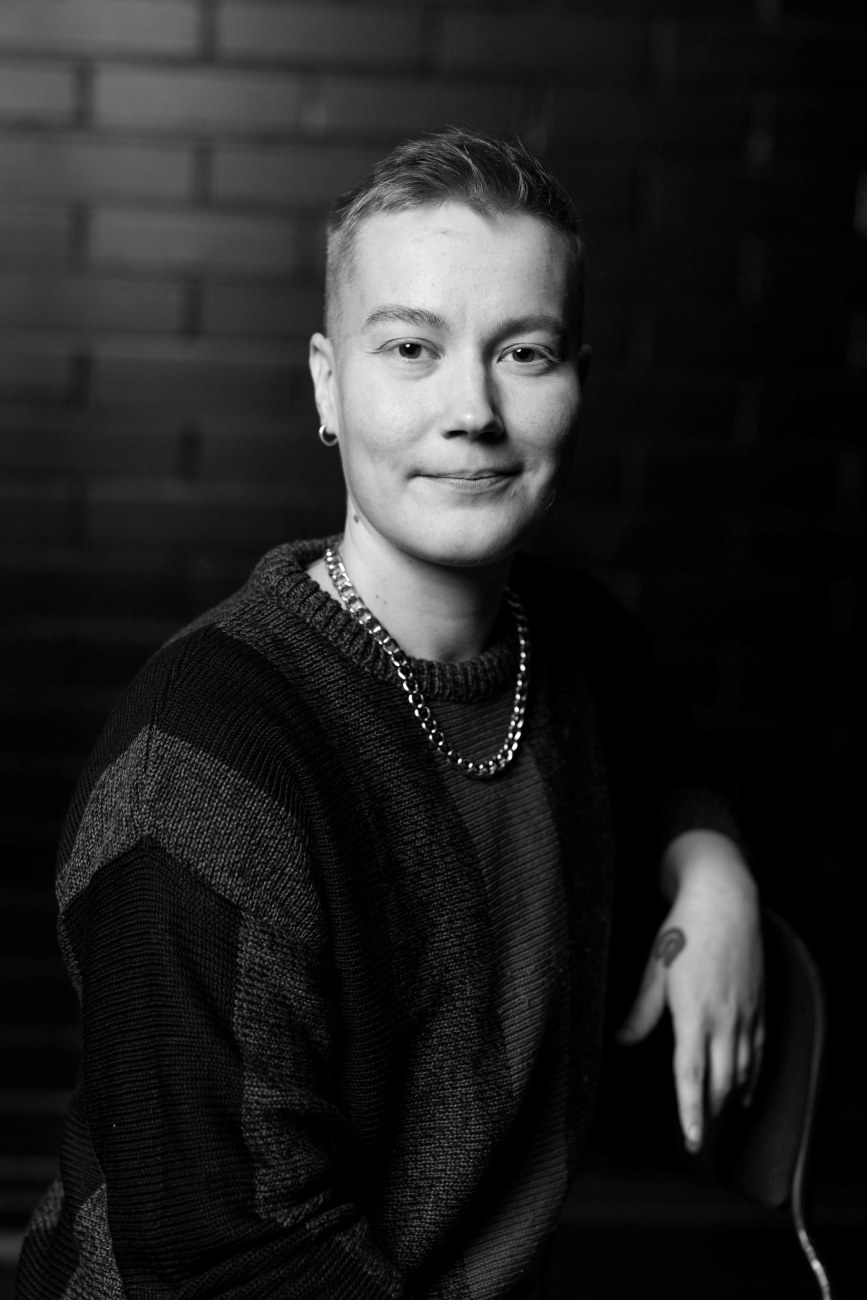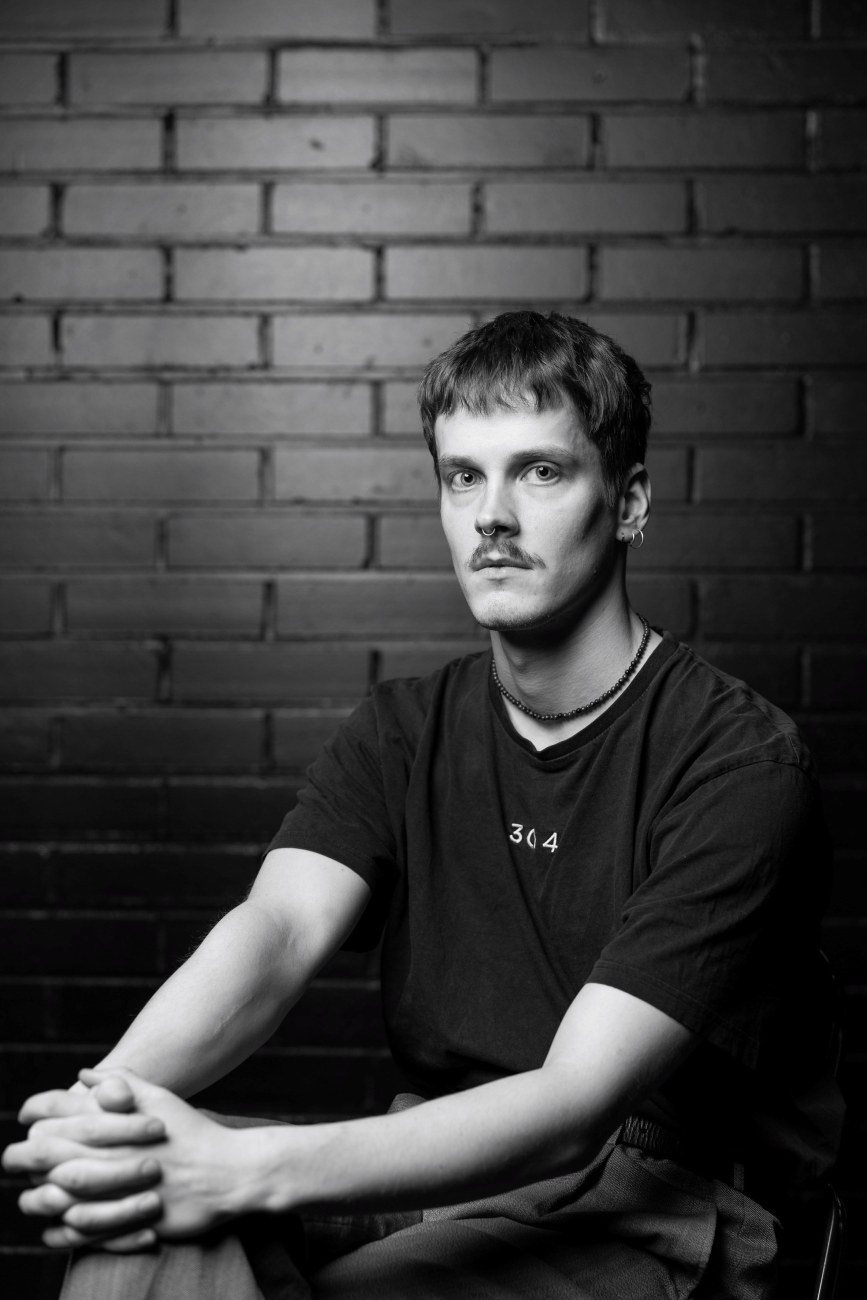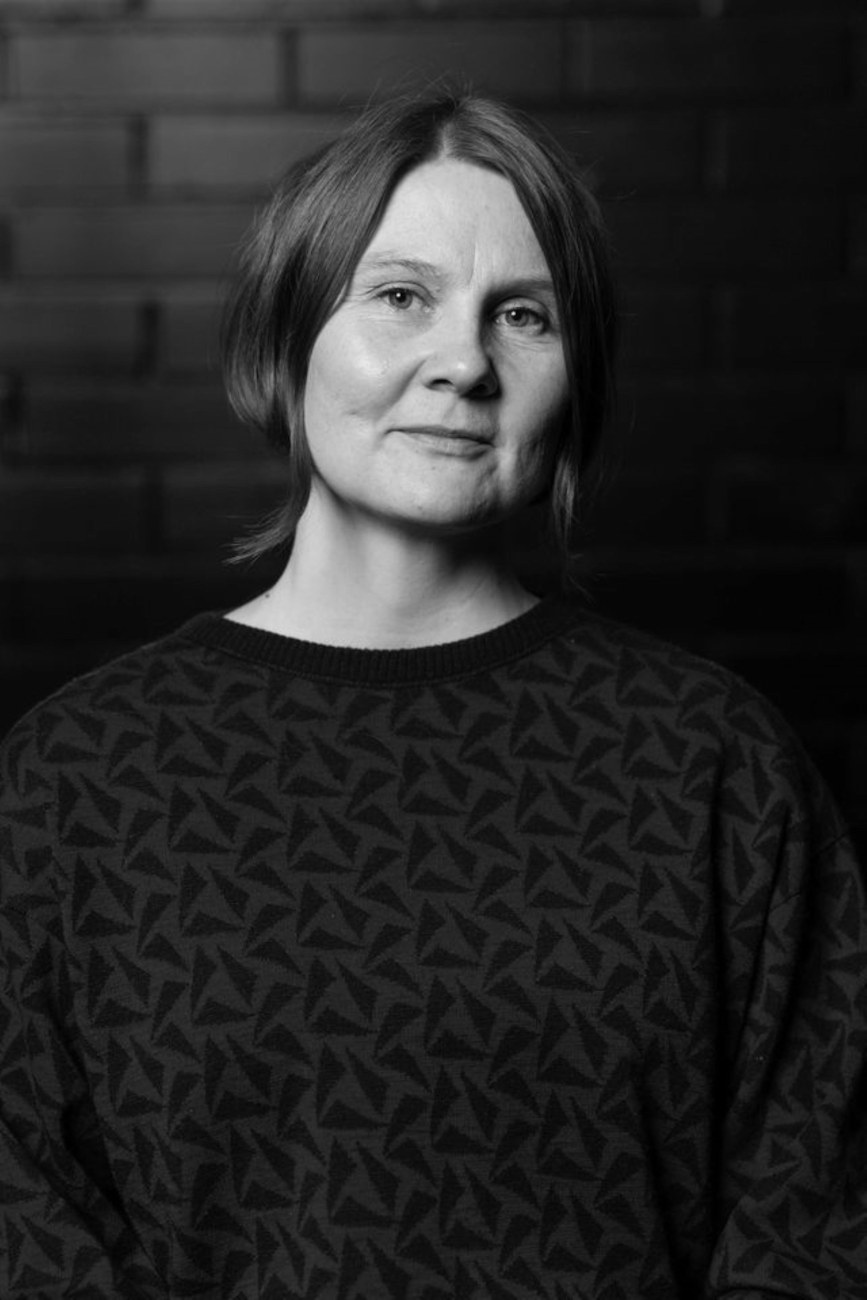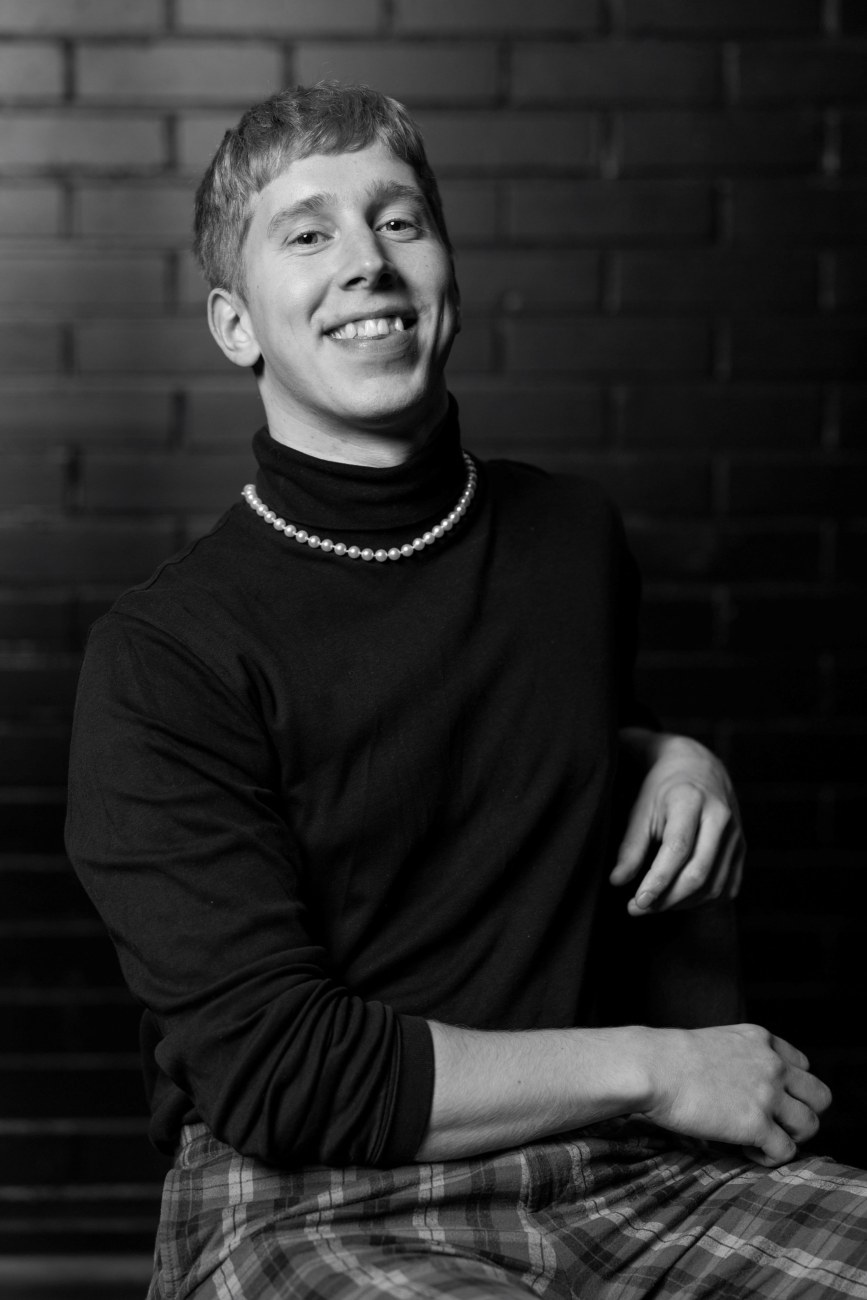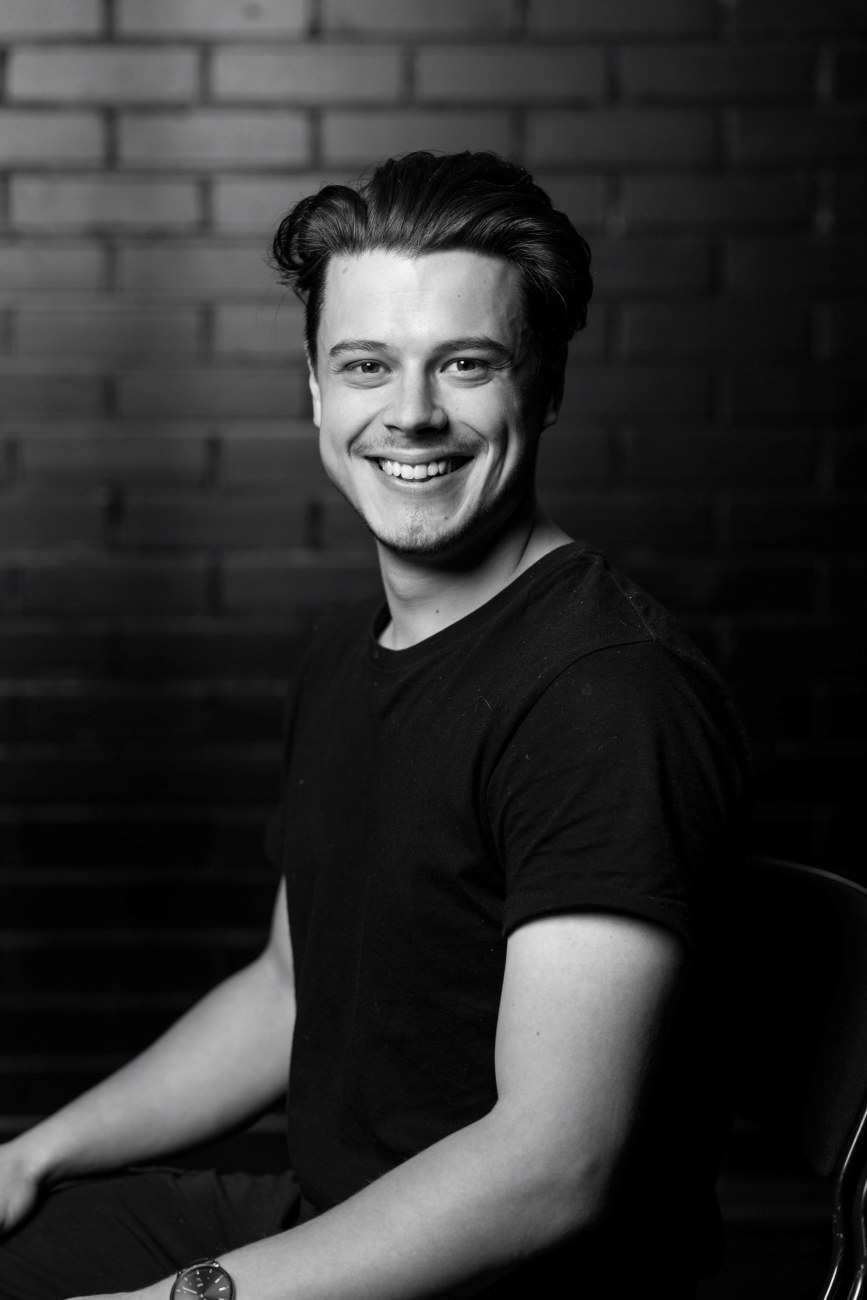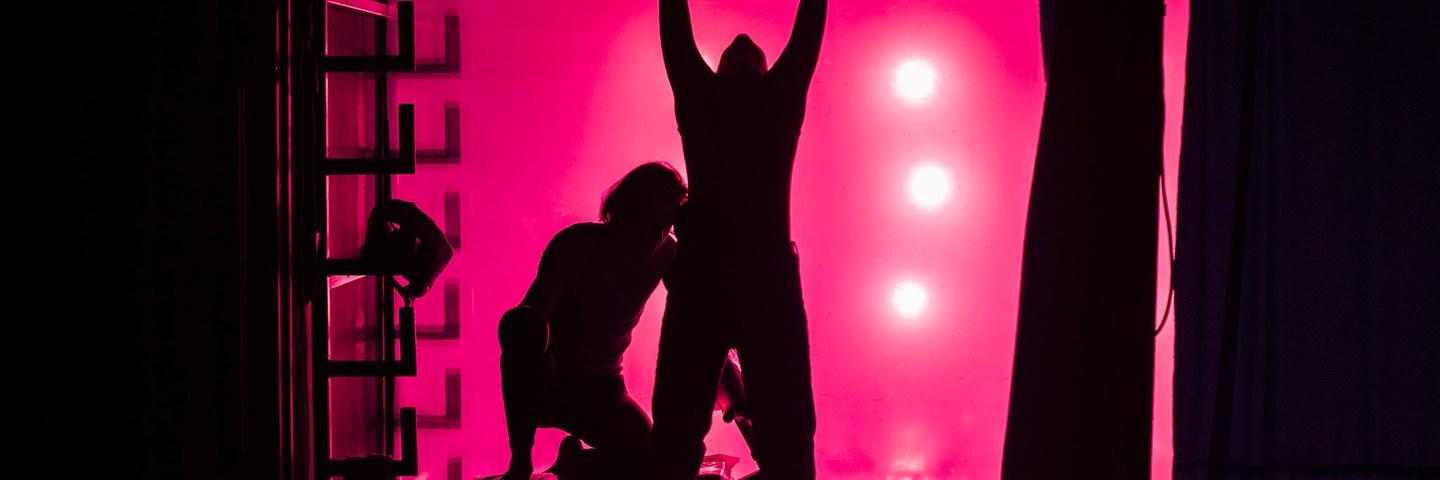
Näty – Teatteritaide
Nätyn ennakkotehtävä on julkaistu
Teatteritaiteen tutkinto-ohjelmaan voi hakea keväällä 2026. Valintakokeet ovat kolmivaiheiset, ja ensimmäinen vaihe koostuu ennakkotehtävästä.
Näty on osallistunut valintakokeiden valtakunnalliseen kehittämishankkeeseen, ja ennakkotehtäväksi on valittu yhdenvertaisuussyistä video, sillä se ei vaadi matkustamista Tampereelle. Hankkeessa on tunnistettu, että kauempaa tuleville hakijoille valintakokeisiin osallistuminen on iso taloudellinen panostus ja joiltain hakijoilta osallistuminen saattaa tämän vuoksi jopa jäädä väliin.
Nätyllä opiskelee kerrallaan kaksi vuosikurssia, ja seuraavan kerran Nätylle voi hakea vuonna 2029, jolloin nykyiset 2. vuoden opiskelijat valmistuvat.
Lisätietoa hankkeesta:

Näty kiittää Tampereen kaupunkia kulttuurin kerta-avustuksesta!
Teatteritaiteen tutkinto-ohjelman, Nätyn, ohjelmistossa oli syksyllä 2025 kaksi ensi-iltaa: lapsille suunnattu visuaalinen seikkailu Ulkoavaruuden lapset ja nuorille suunnattu Awkward!, joka toi kiitosta myös aikuisilta katsojilta.
Teatterimontun esitysten lisäksi teokset oli mahdollista viedä koulukiertueelle Kämmenniemen, Etelä-Hervannan, Lielahden ja Kaukajärven kouluihin. Tästä suuri kiitos Tampereen kaupungille.
Esitykset olivat osa 2. vuoden näyttelijäopiskelijoiden Dynaaminen näyttelijä -opintokokonaisuutta, jossa harjoitellaan monimuotoista fyysistä kokonaisilmaisua, vaikuttumista ja vaikuttamista liikkeen, puheen, musiikin ja tekstityöskentelyn kautta.


Näyttelijäntyön pieni jättiläinen
Me olemme teatteritaiteen tutkinto-ohjelma Näty – näyttelijöitä kouluttava ja näyttelijäntyötä tutkiva yhteisö Tampereen yliopistossa.
Koulutuksessamme ja tutkimuksessamme kohtaavat taiteellinen, ammatillinen ja yhteiskunnallinen näkökulma.
Viisivuotiseen näyttelijäntaiteen koulutukseemme otetaan uusia opiskelijoita joka toinen tai kolmas vuosi.
Opetuksen lähtökohtana on näkemys näyttelijästä itsenäisesti ajattelevana, luovana taiteilijana. Näyttelijäammatin käsitämme alati kehittyvänä ja uusia muotoja saavana, läpi elämän muuttuvana prosessina.
Lue lisää näyttelijöiden koulutuksesta
Taiteen ja tieteen vuoropuhelua
Koko opetushenkilöstömme tutkii. Teemme monipuolista ja monitieteistä tutkimusta, jossa taiteellinen tutkimus asettuu vuorovaikutukseen muiden tieteiden kanssa.
Tutkimuksessamme painottuu kansainvälisyys. Keskeinen kumppanimme on Coventryn yliopisto, jonka kanssa olemme tutkineet pitkään etäläsnäoloa esittävien taiteiden koulutuksessa.

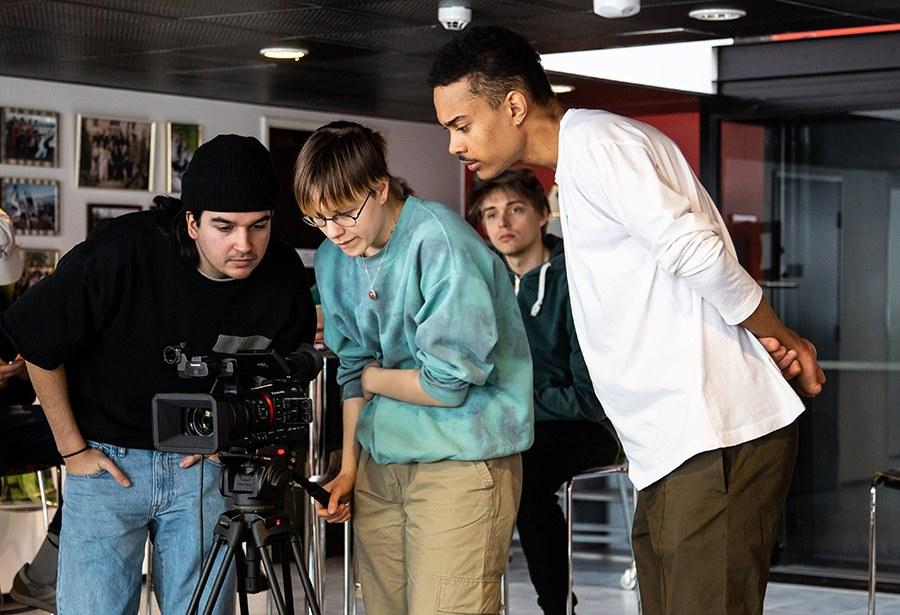
Luontevaa kansainvälisyyttä
Tulevaisuuden näyttelijä on erilaisissa kulttuureissa ja ympäristöissä toimimaan kykenevä maailmankansalainen, ja kansainvälisyyden merkitystä painotetaan kaikessa toiminnassamme Opiskelijoita rohkaistaan toteuttamaan omia kansainvälisiä projekteja ja tuetaan osallistumisessa kansainvälisiin tapahtumiin kuten festivaaleille. Olemme mukana useissa kansainvälisissä verkostoissa ja hankkeissa, tärkeimpänä pohjoismaisten ja Baltian teatterikoulujen Norteas-verkosto.
Ajankohtaista
Keskeiset yhteistyökumppanimme
Yhteiseen opetukseen ja taiteelliseen toimintaan liittyvä yhteistyö
Taideyliopiston Teatterikorkeakoulu
Aalto-yliopiston taiteiden ja suunnittelun korkeakoulu
Tampereen ammattikorkeakoulu
Tampereen Työväen Teatteri
Tampereen Teatteri
Asiantuntijayhteistyö ja -jäsenyydet
Teatterin tiedotuskeskus TINFO
Tampereen Teatterikesä
Teatterintutkimuksen seura TeaTS ry
Suomen Näyttelijäliitto ry
Ammattiteatteriharjoitteluyhteistyö
Suomen teatterit ry:n jäsenteatterit
Teatterikeskus ry:n jäsenteatterit
Kansainväliset tutkimus- ja koulutusverkostot
International Federation for Theatre Research
International Platform for Performer Training
Erasmus-yhteistyö
KASK Conservatory, University College Gent, Gent
University of Music and Performing Arts Graz
Universität für Musik und darstellende Kunst Graz (KUG), Graz
Erasmus+-yhteistyö
University of Education, Winneba (UEW), Ghana
Norteas-yhteistyöverkostoon liittyvä opiskelija- ja opettajavaihto, yhteinen opetus, yhteiset festivaalit ja seminaarit
The Danish National School of Performing Arts
Den Danske Scenekunstskole, Kööpenhamina, Odense ja Aarhus
The Estonian Academy of Music and Theatre
Eesti Muusika ja Teatriakadeemia, Tallinna
University of Tartu, Viljandi Culture Academy, Performing Arts Department
Tartu Ülikool Viljandi Kultuuriakadeemia, Viljandi
The National Theatre School of Greenland
Nunatta Isiginnaartitsisarfia, Nuuk
Iceland University of the Arts, Department of Performing Arts
Listaháskóli Íslands, Reykjavik
Latvian Academy of Culture
Latvijas Kulturas akademija, Riika
Lithuanian Academy of Music and Theatre
Lietuvos Muzikos Ir Teatro Akademija, Vilna
Norwegian Theatre Academy, Østfold University College
Hogskolen i Østfold, Fredrikstad
Oslo National Academy of the Arts
Kunsthøgskolen i Oslo, Oslo
HINT
Høgskolen i Nord-Trøndelag, Steinkjer
Stockholm University of the Arts
Stockholms dramatiska högskola, Stockholms Konstnärliga Högskola – SKH, Stockholm
Luleå University of Technology
Teaterhögskolan i Luleå, Luleå
Malmö Theatre Academy
Teaterhögskolan i Malmö, Malmö
The Academy of Music and Drama, University of Gothenburg
Högskolan för scen och musik vid Göteborgs universitet, Göteborg



